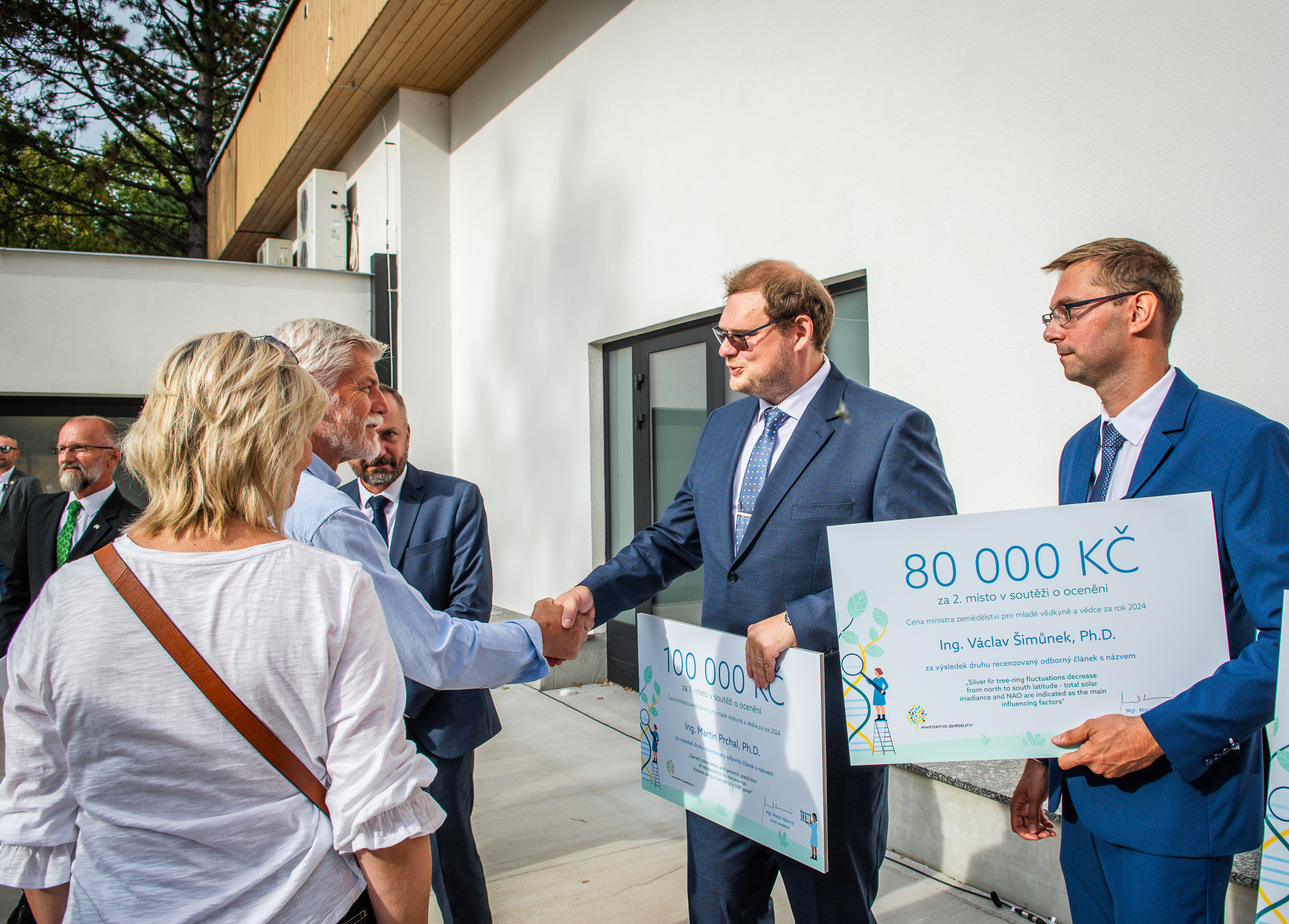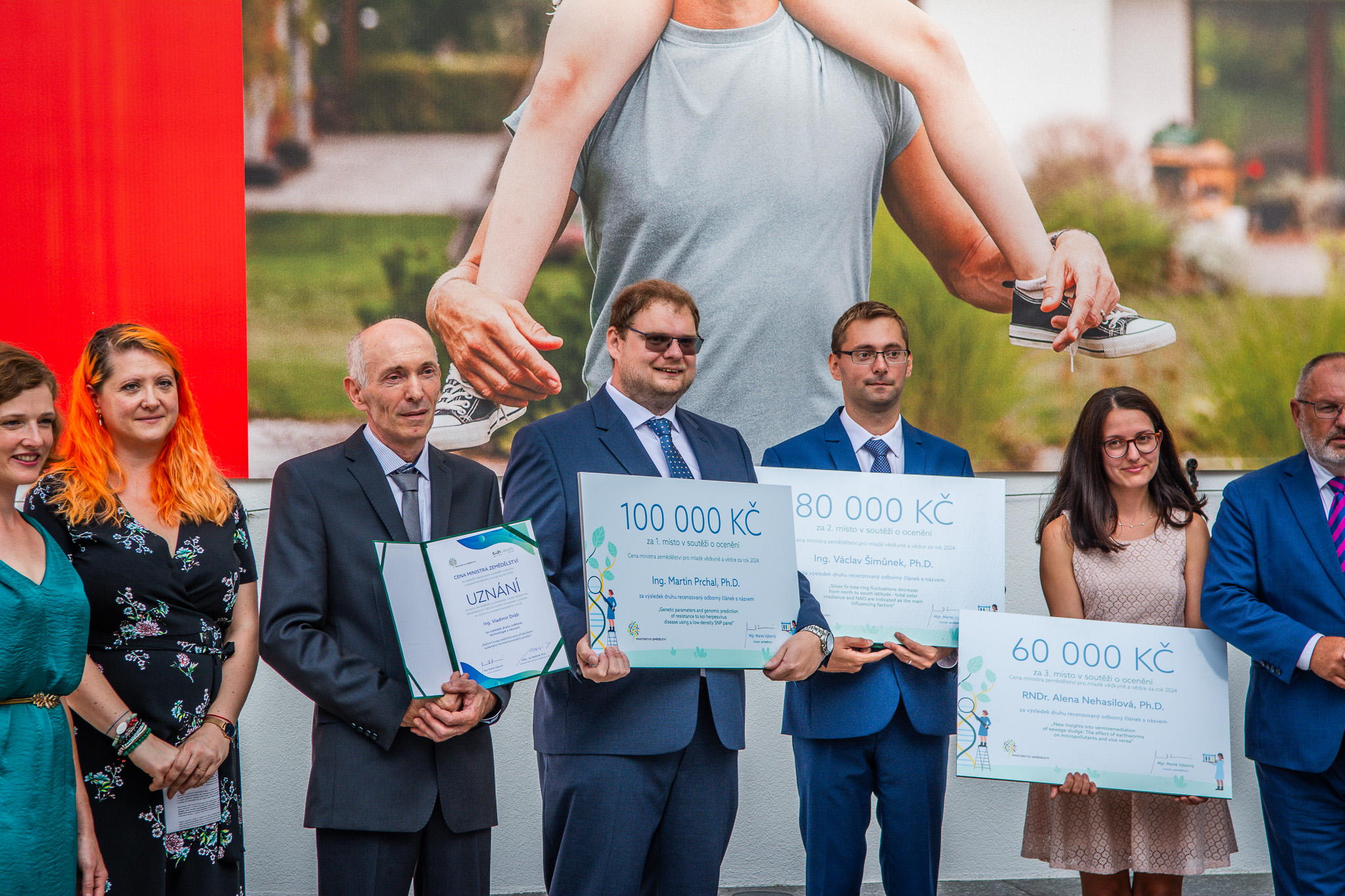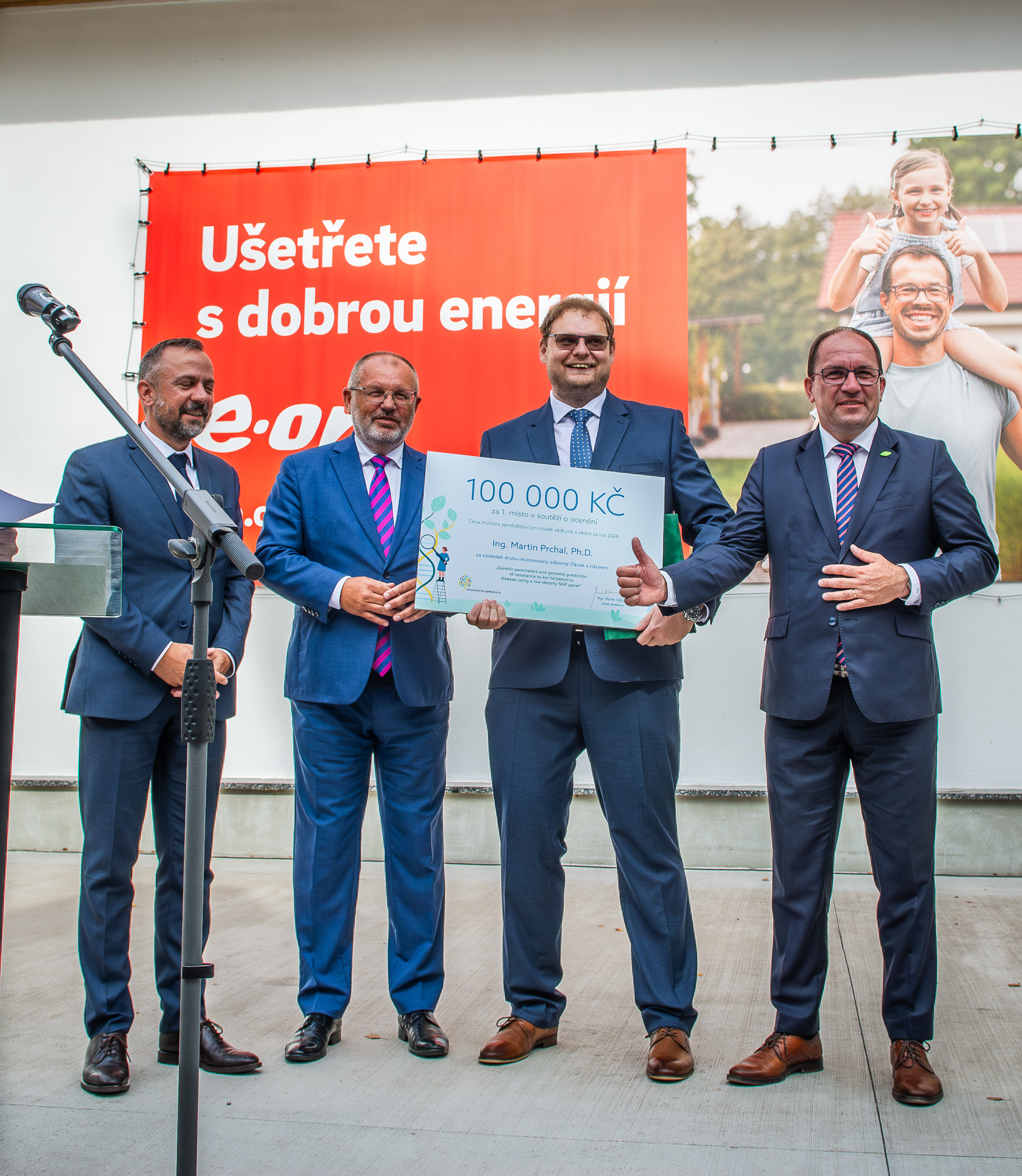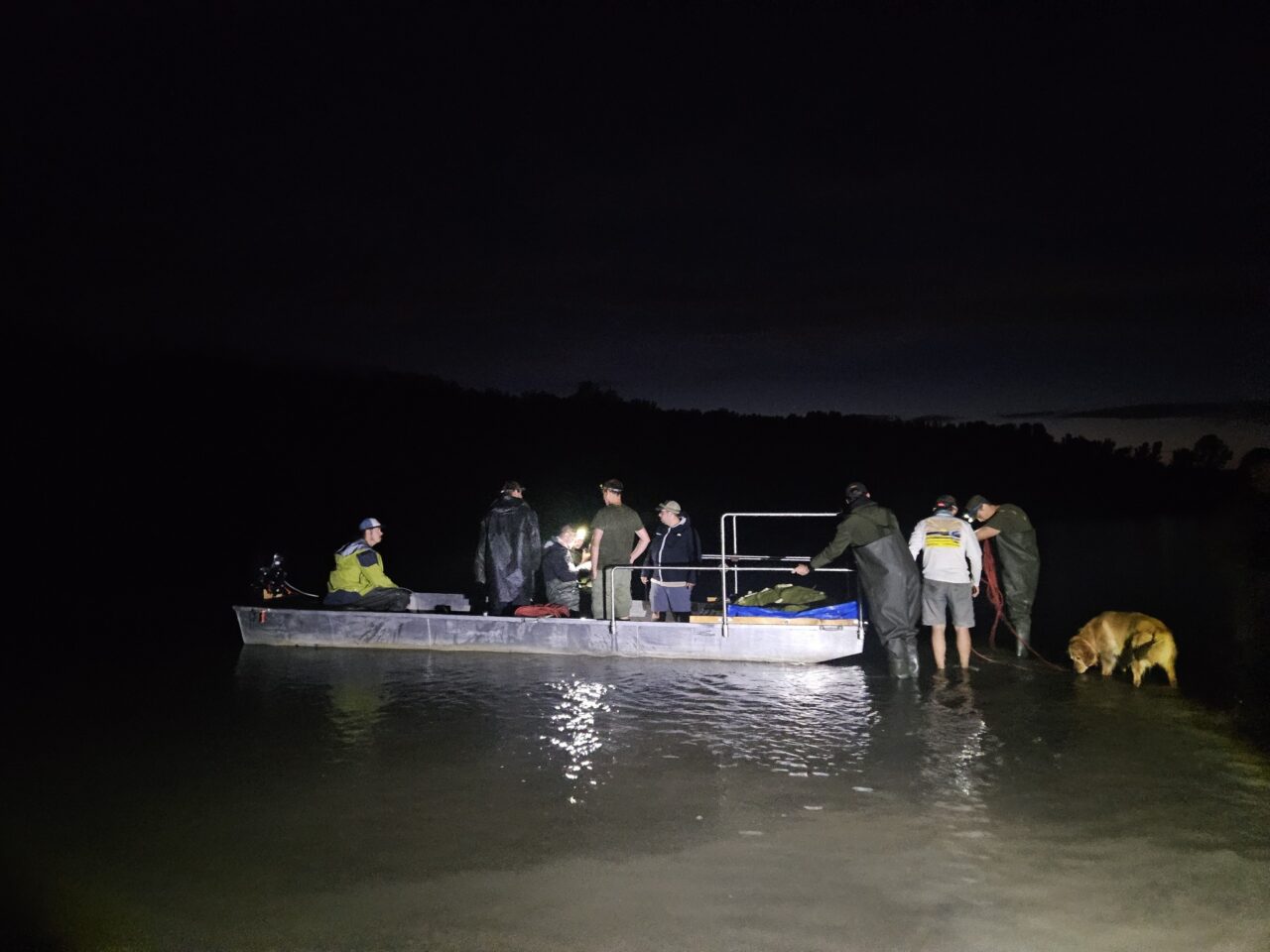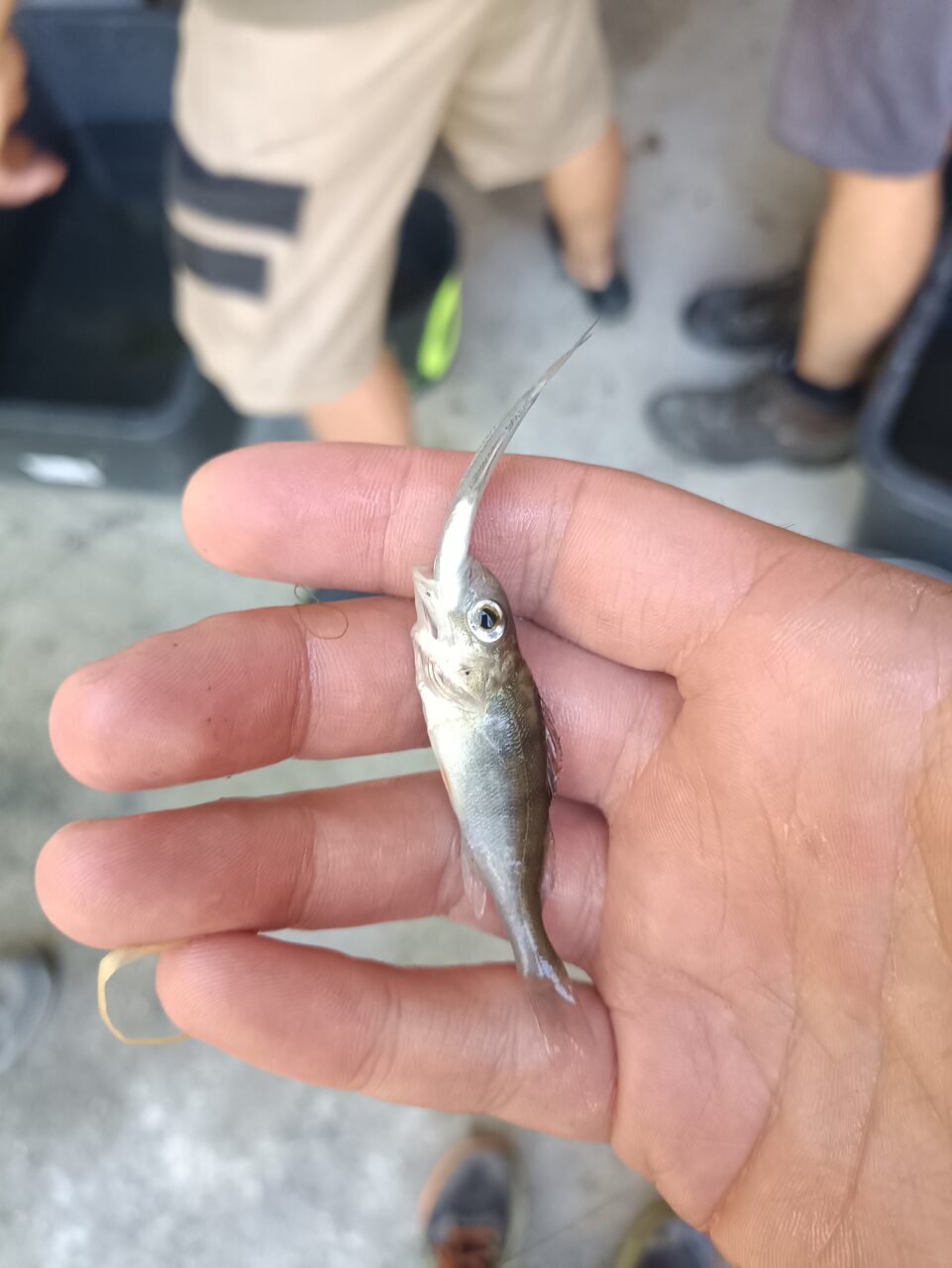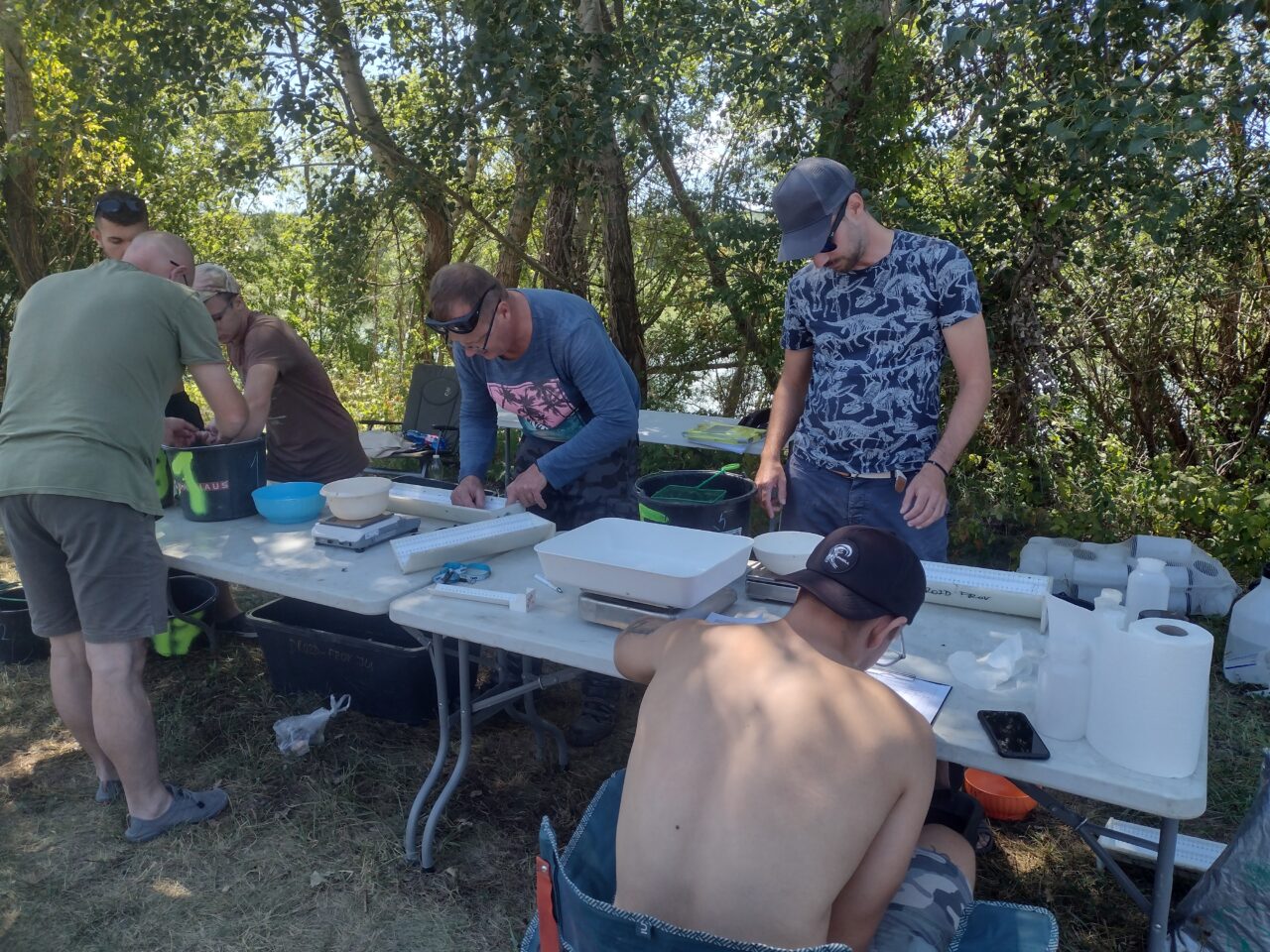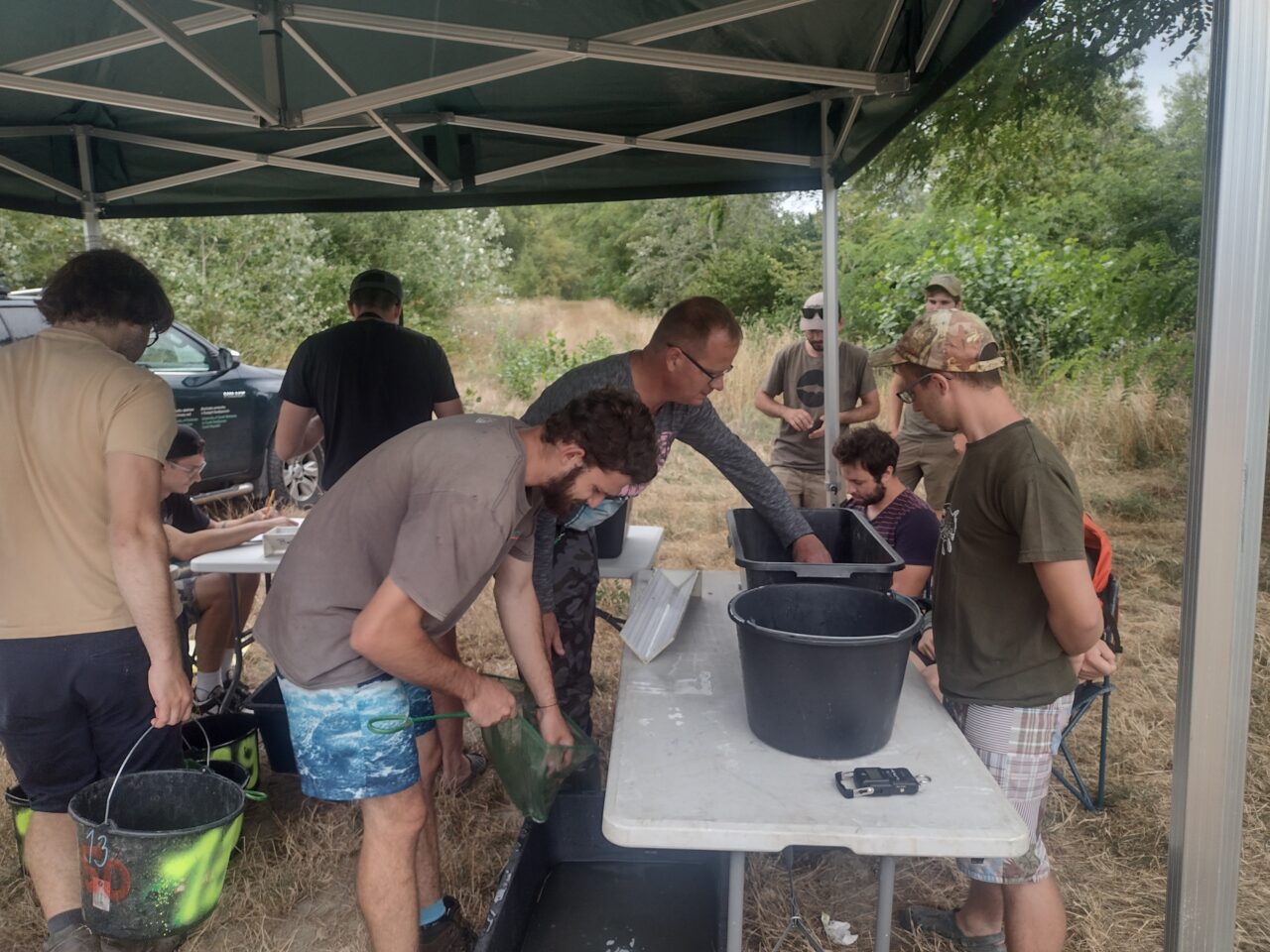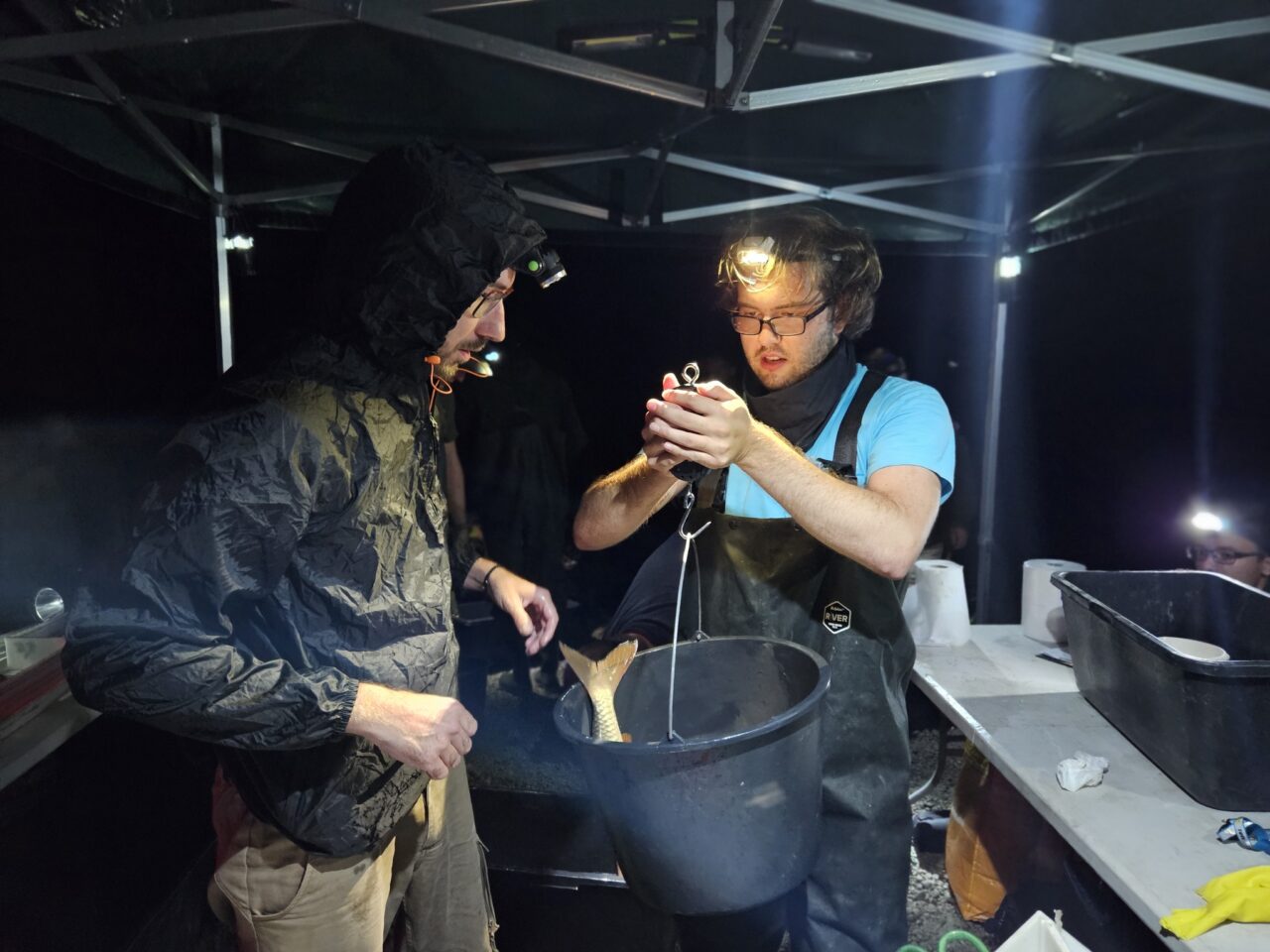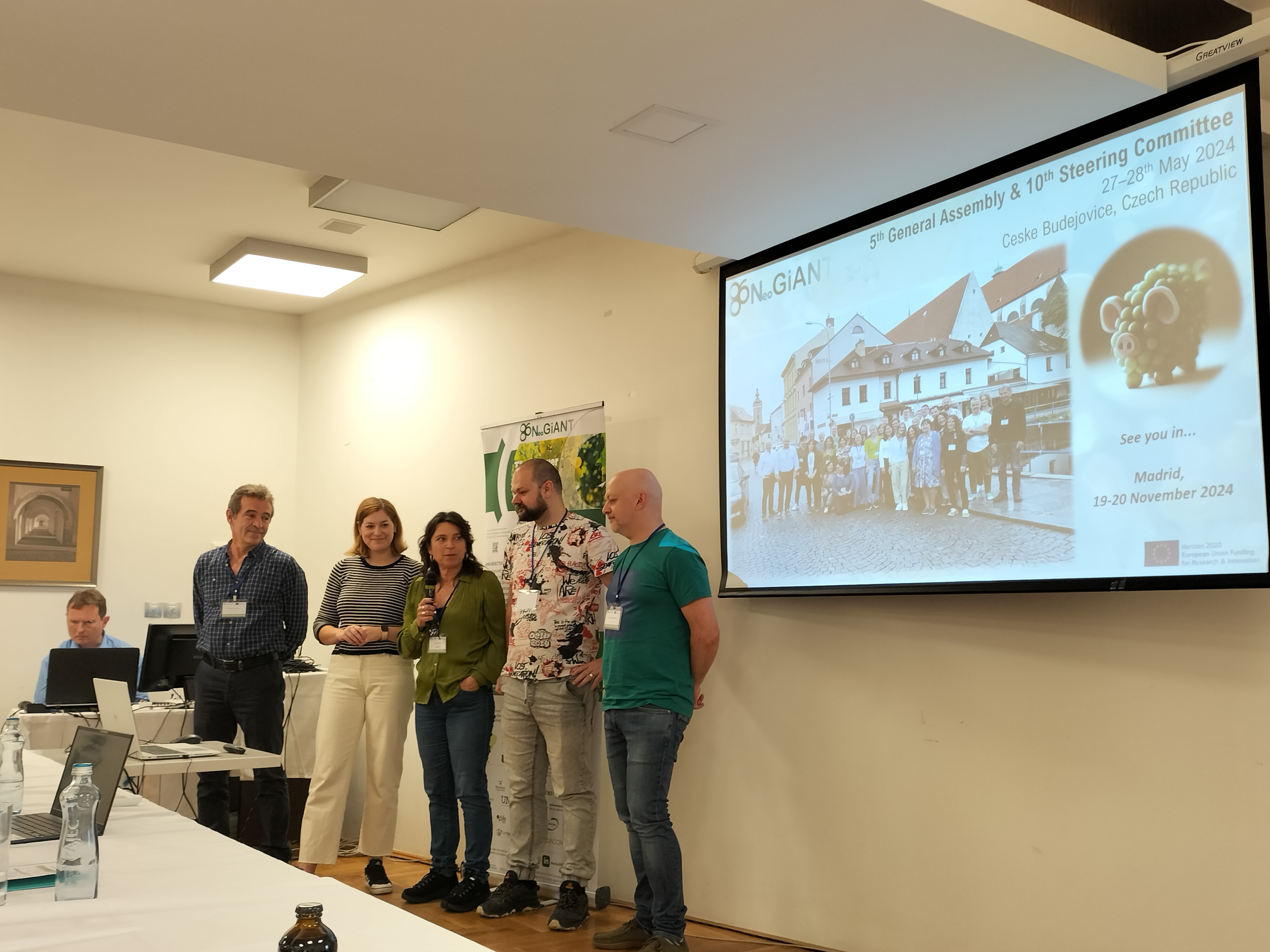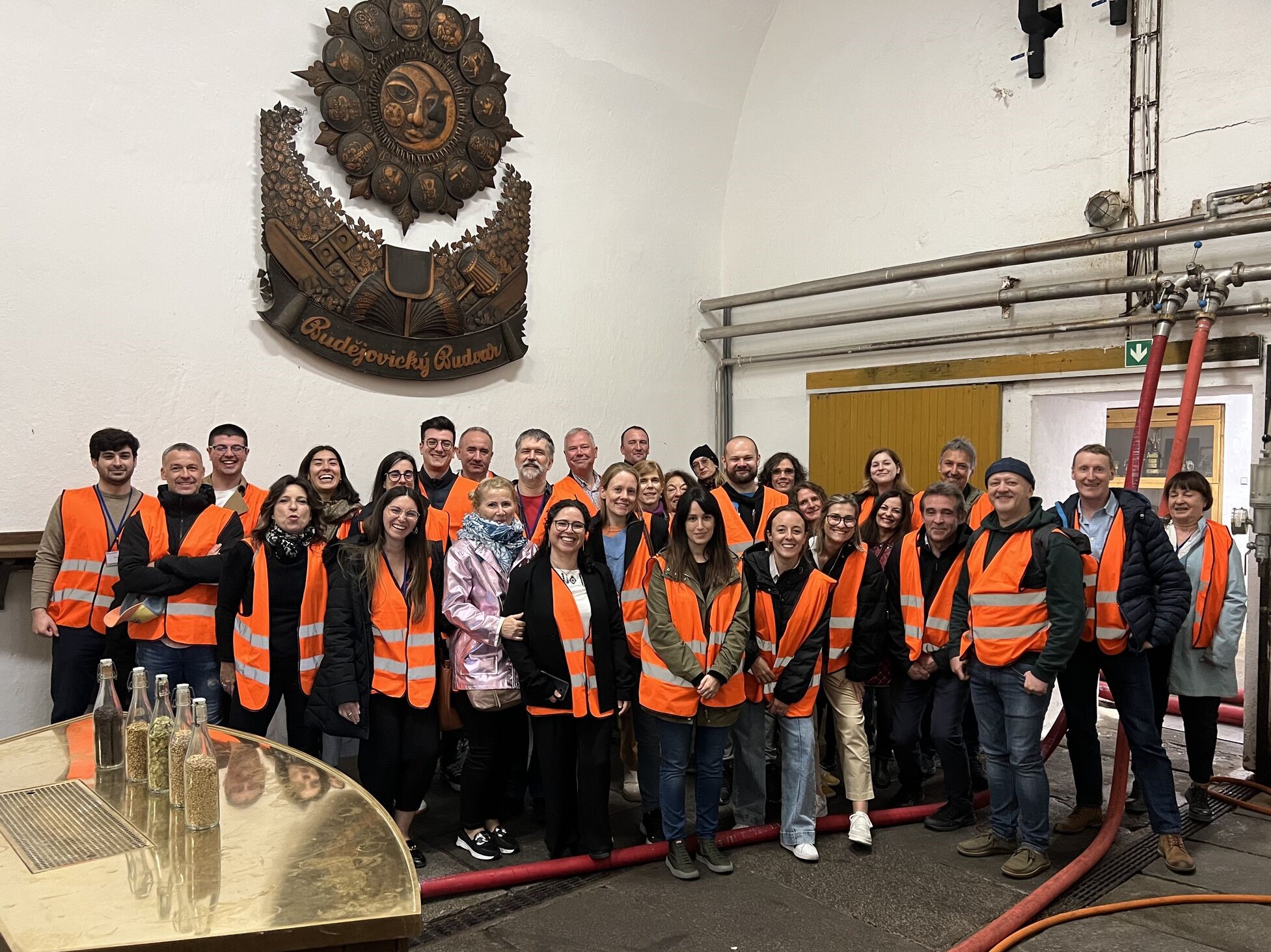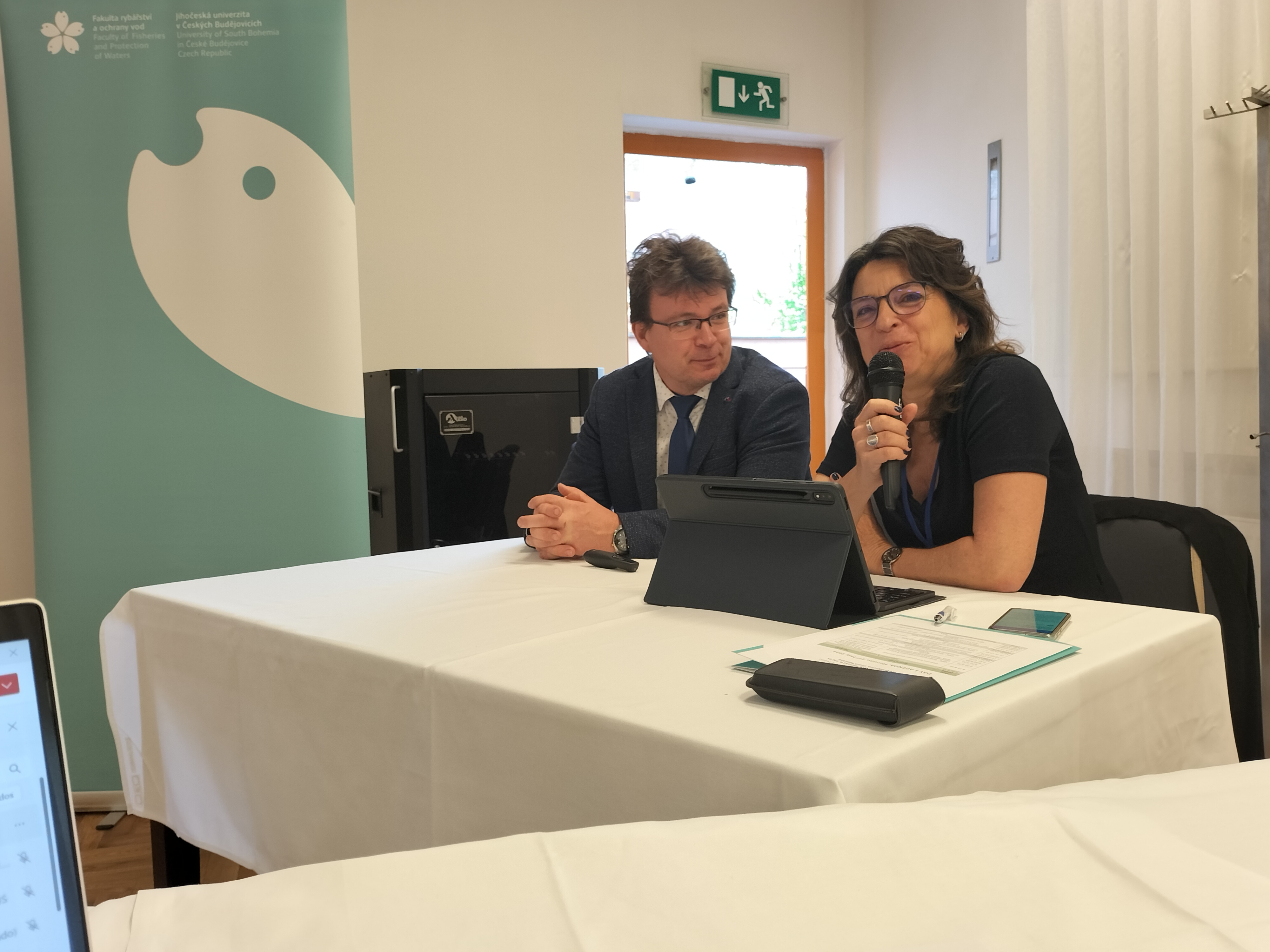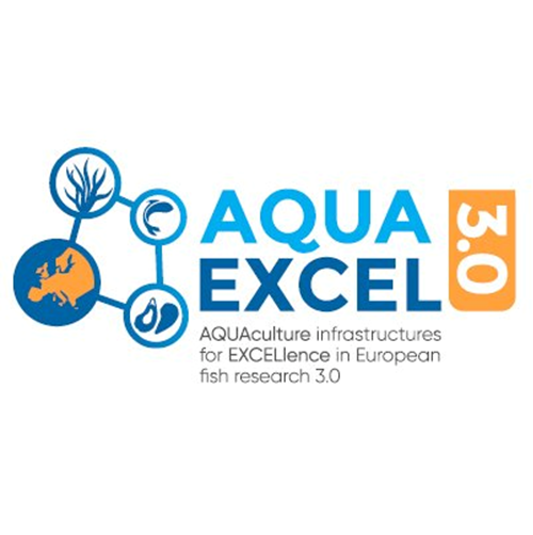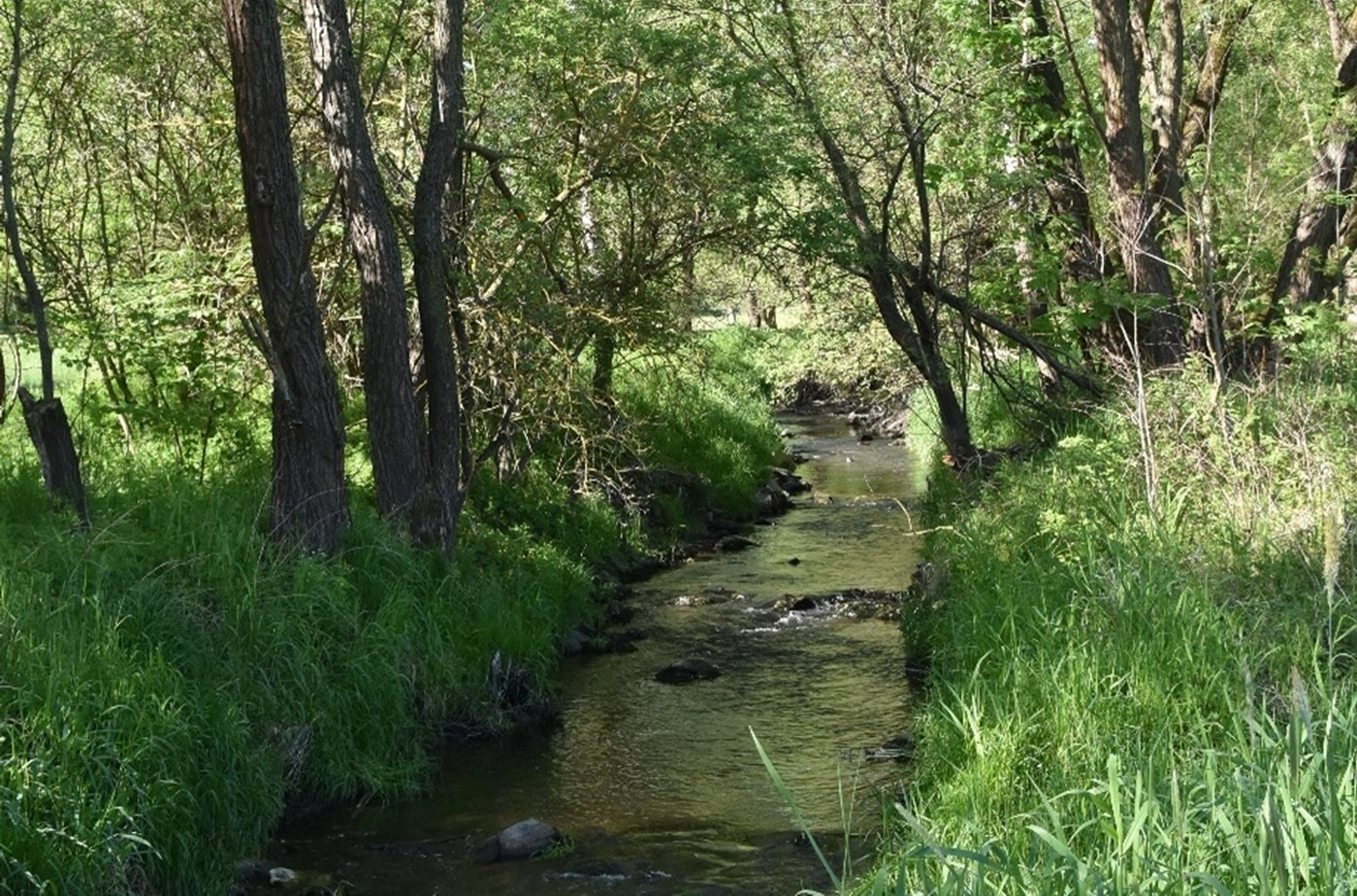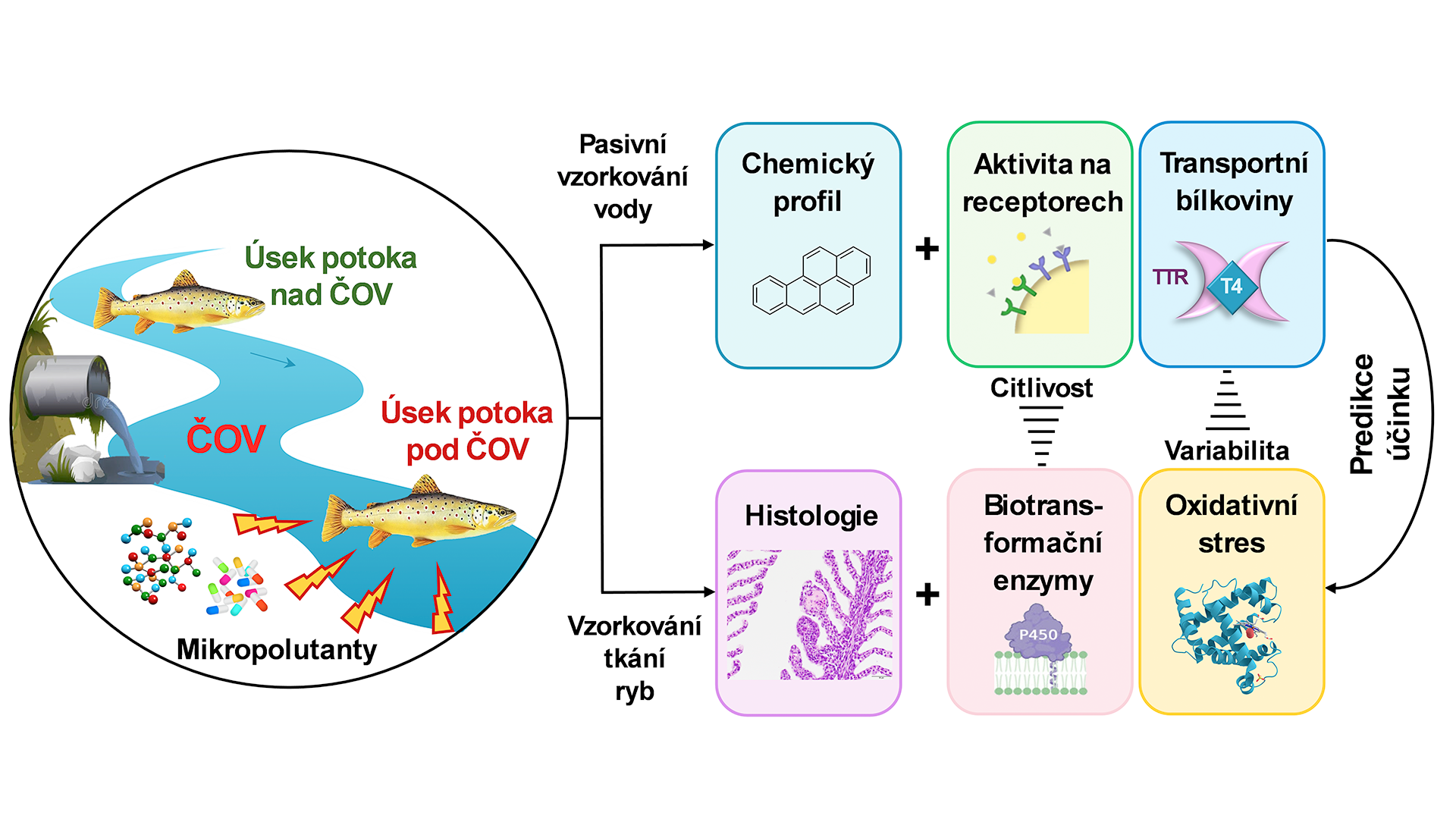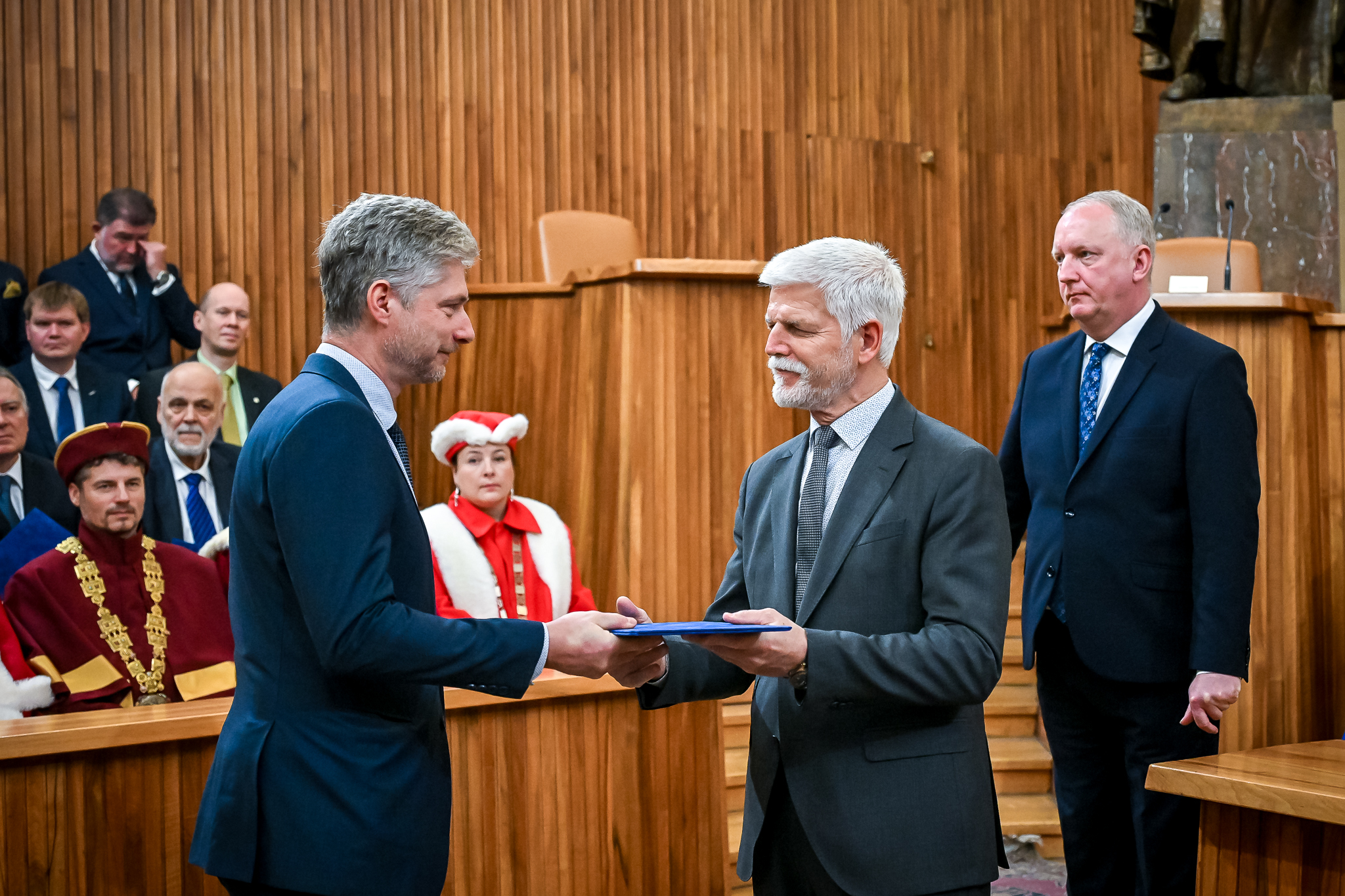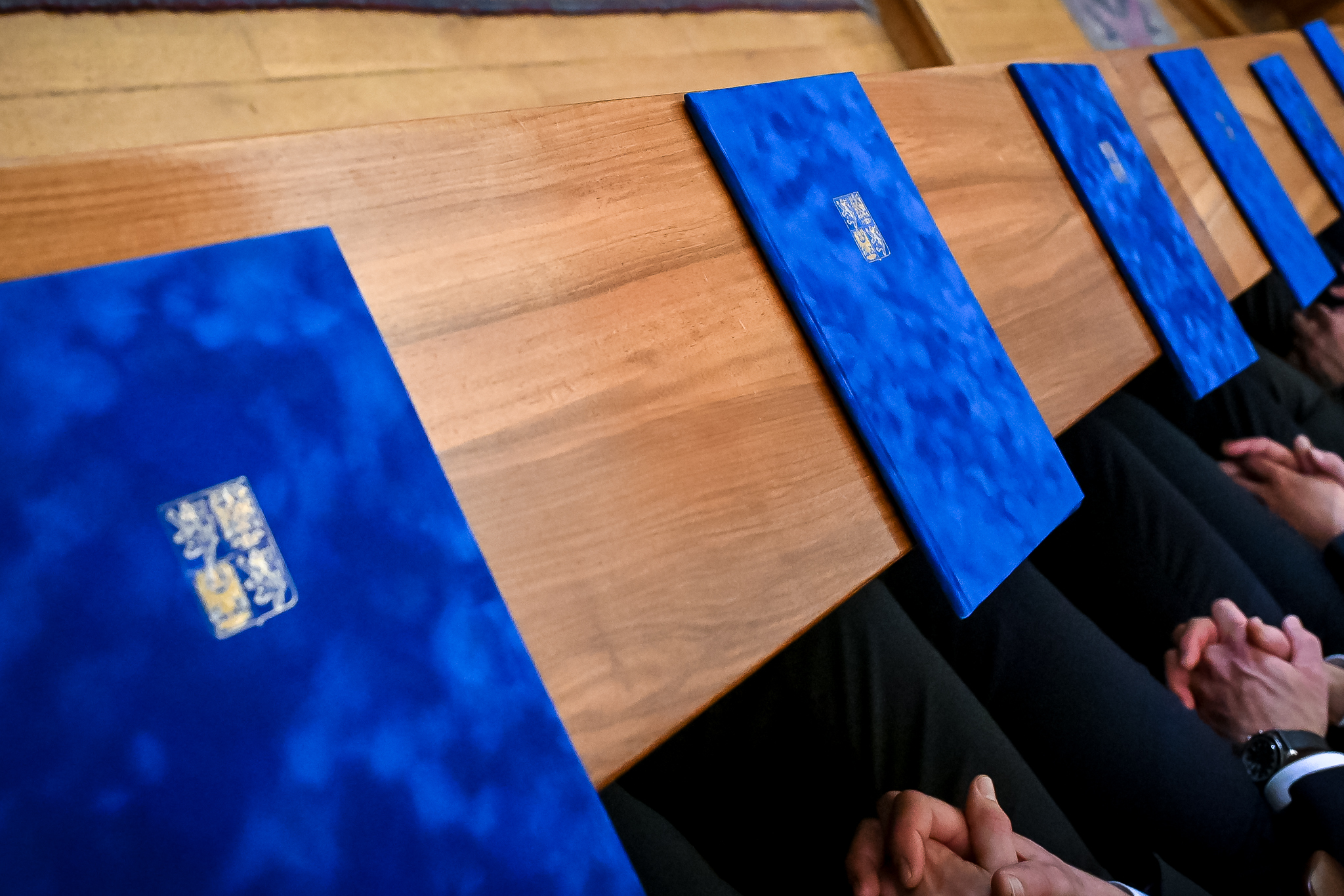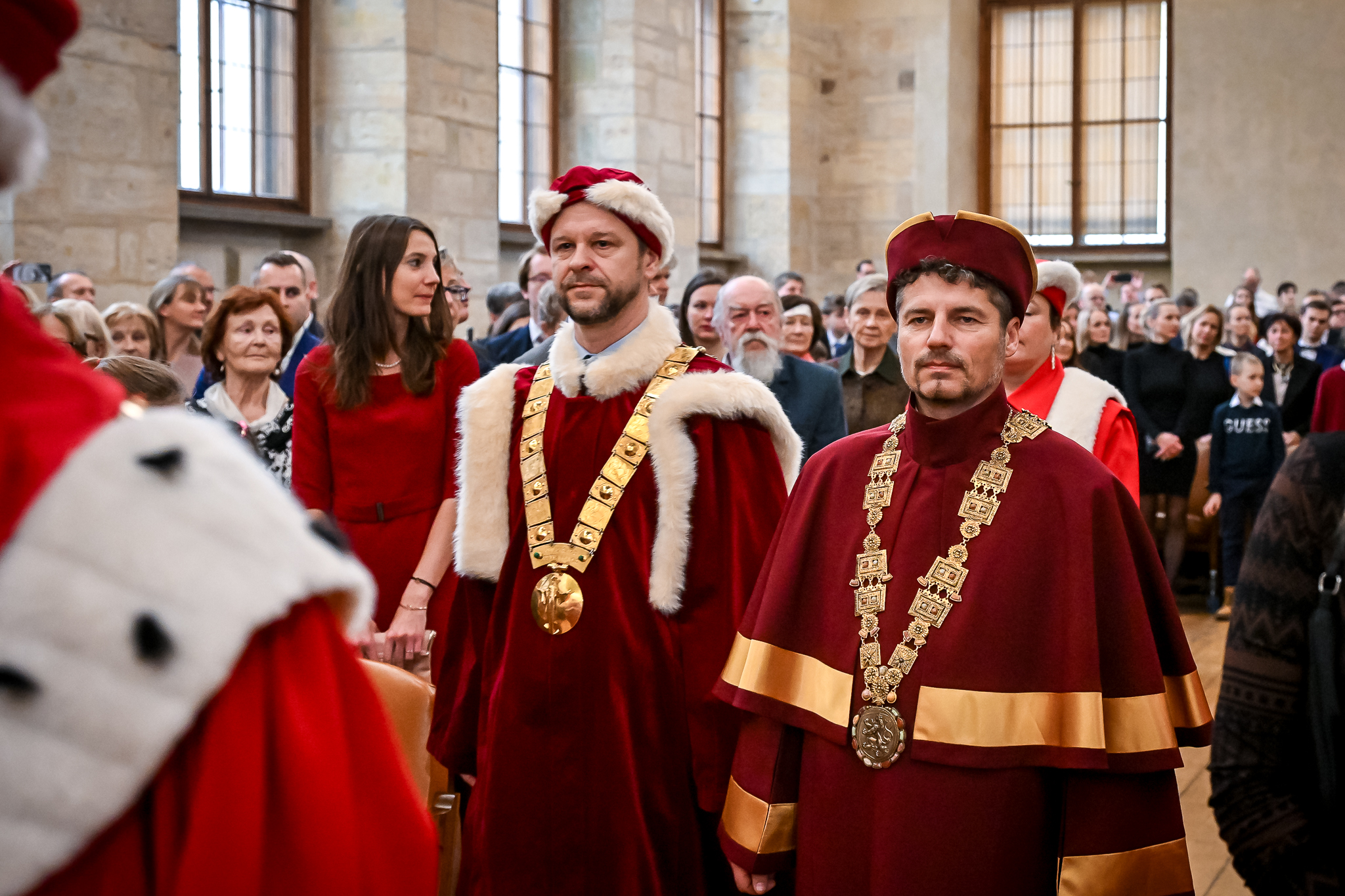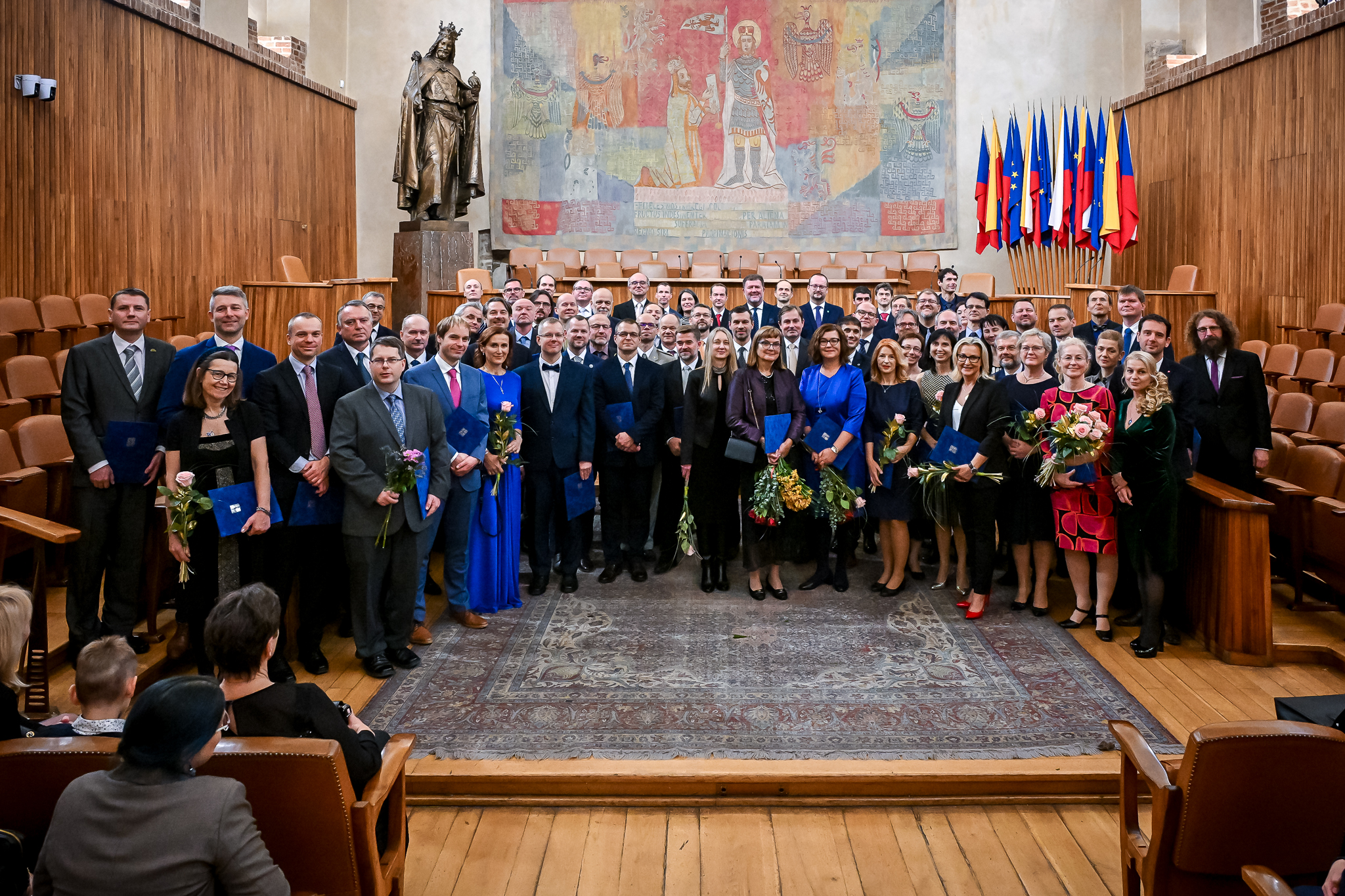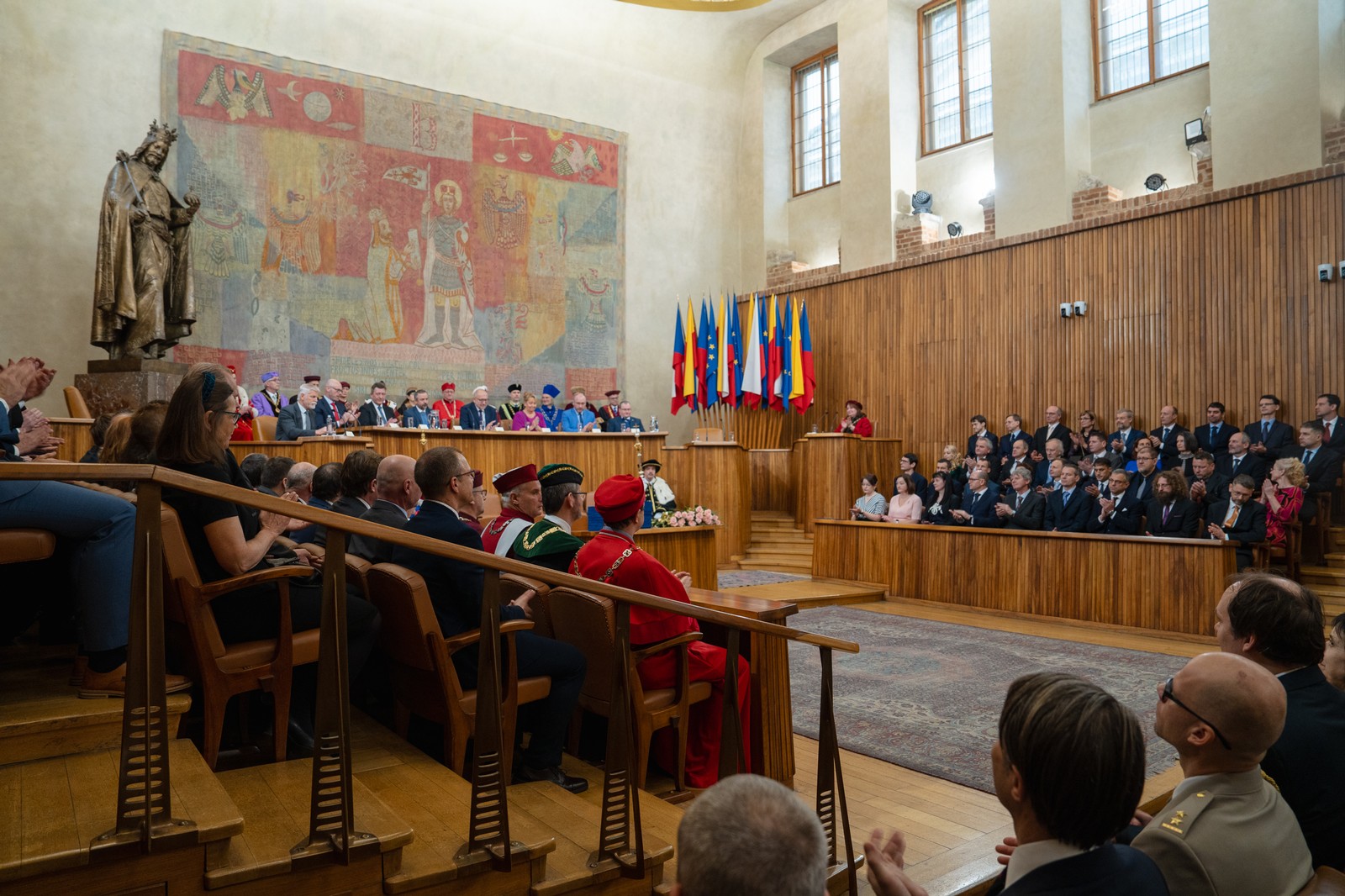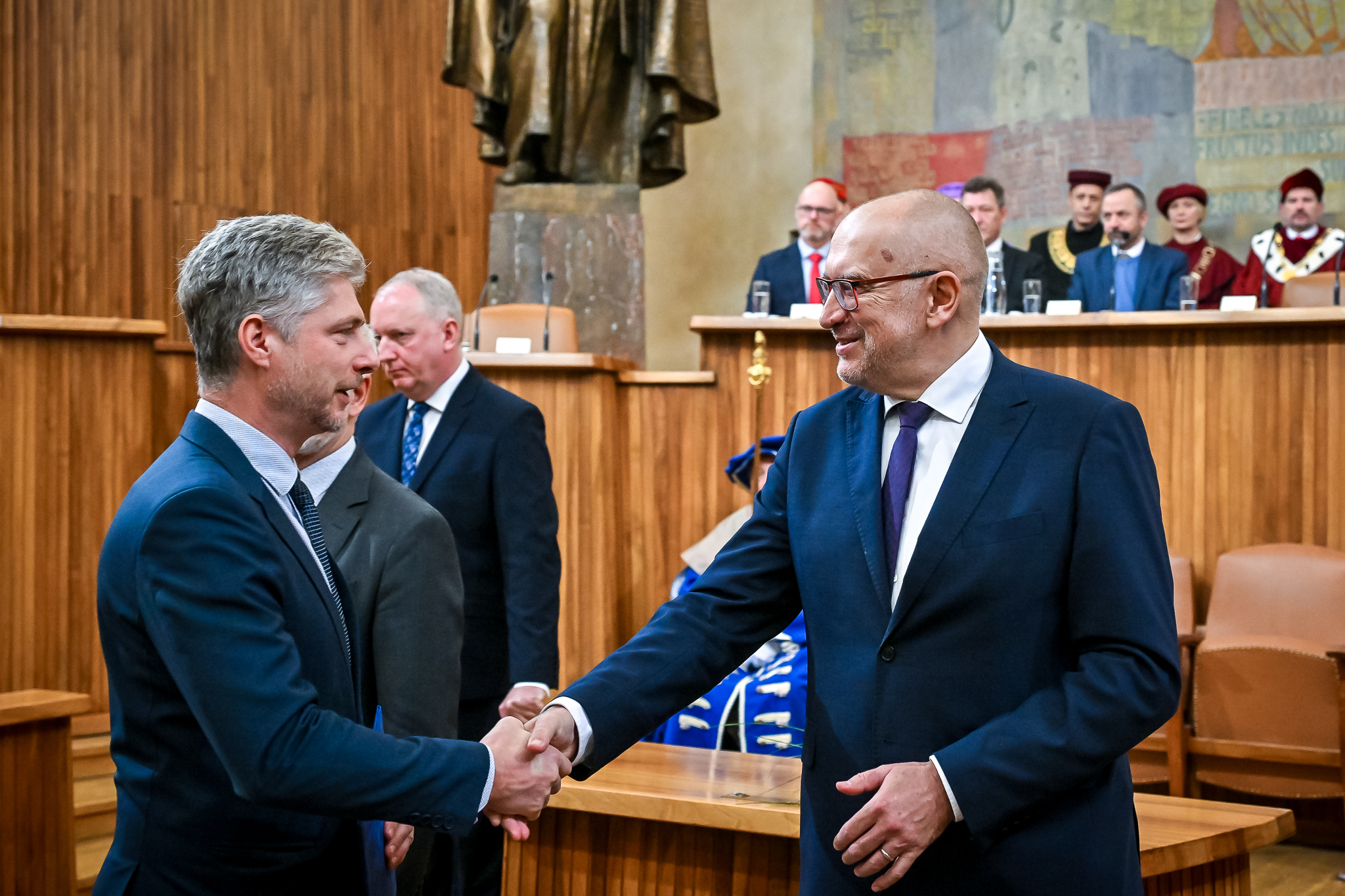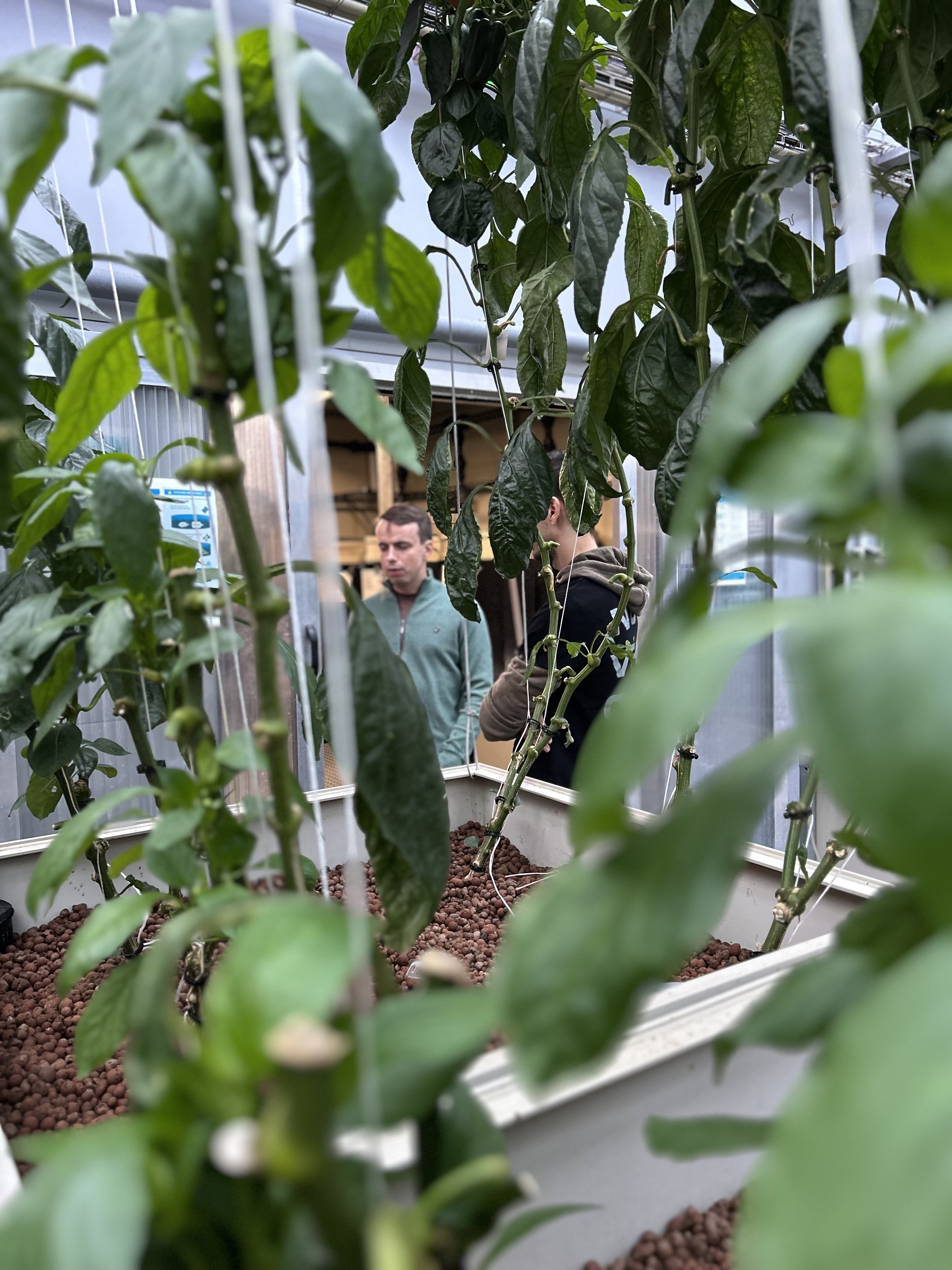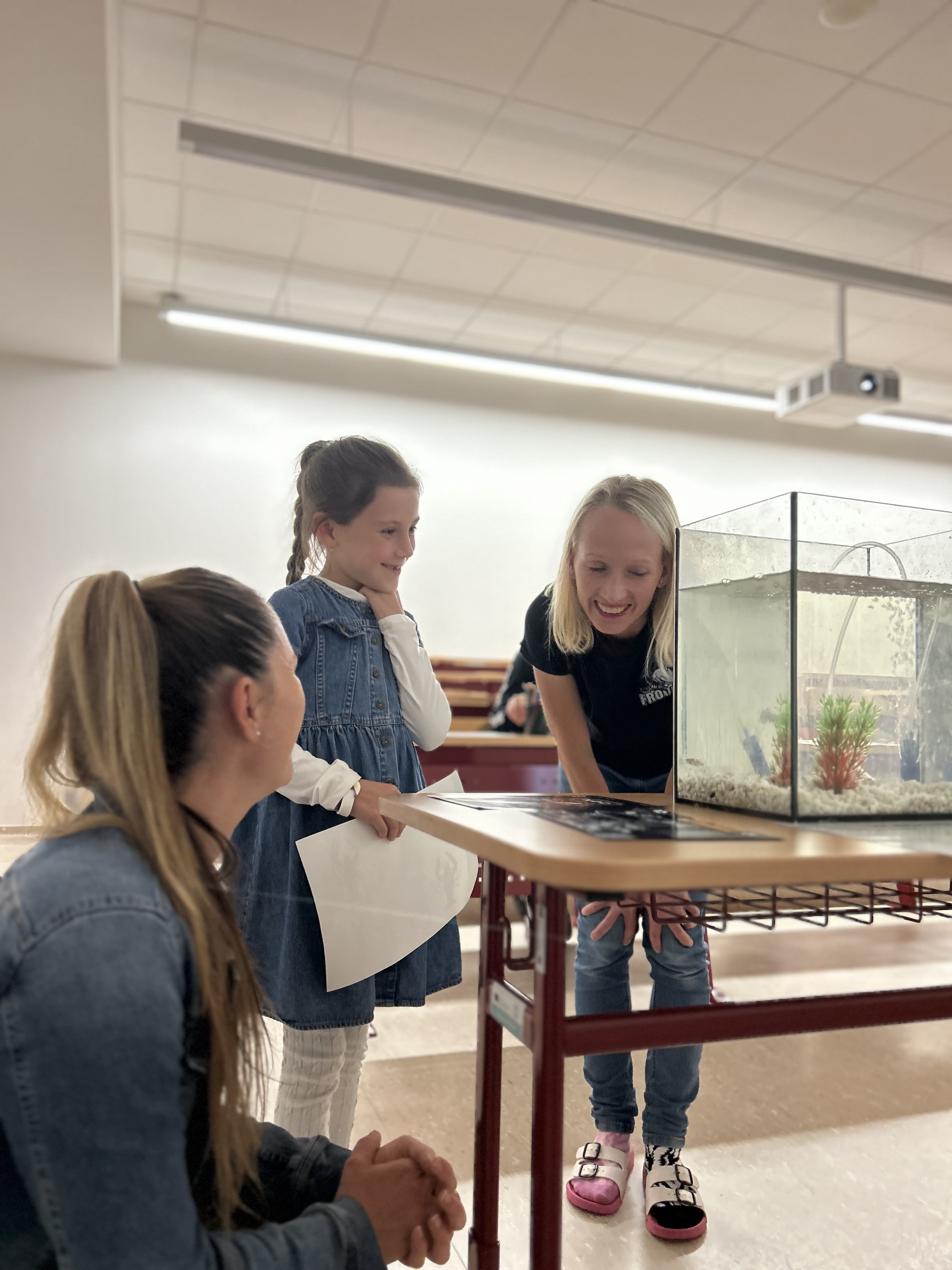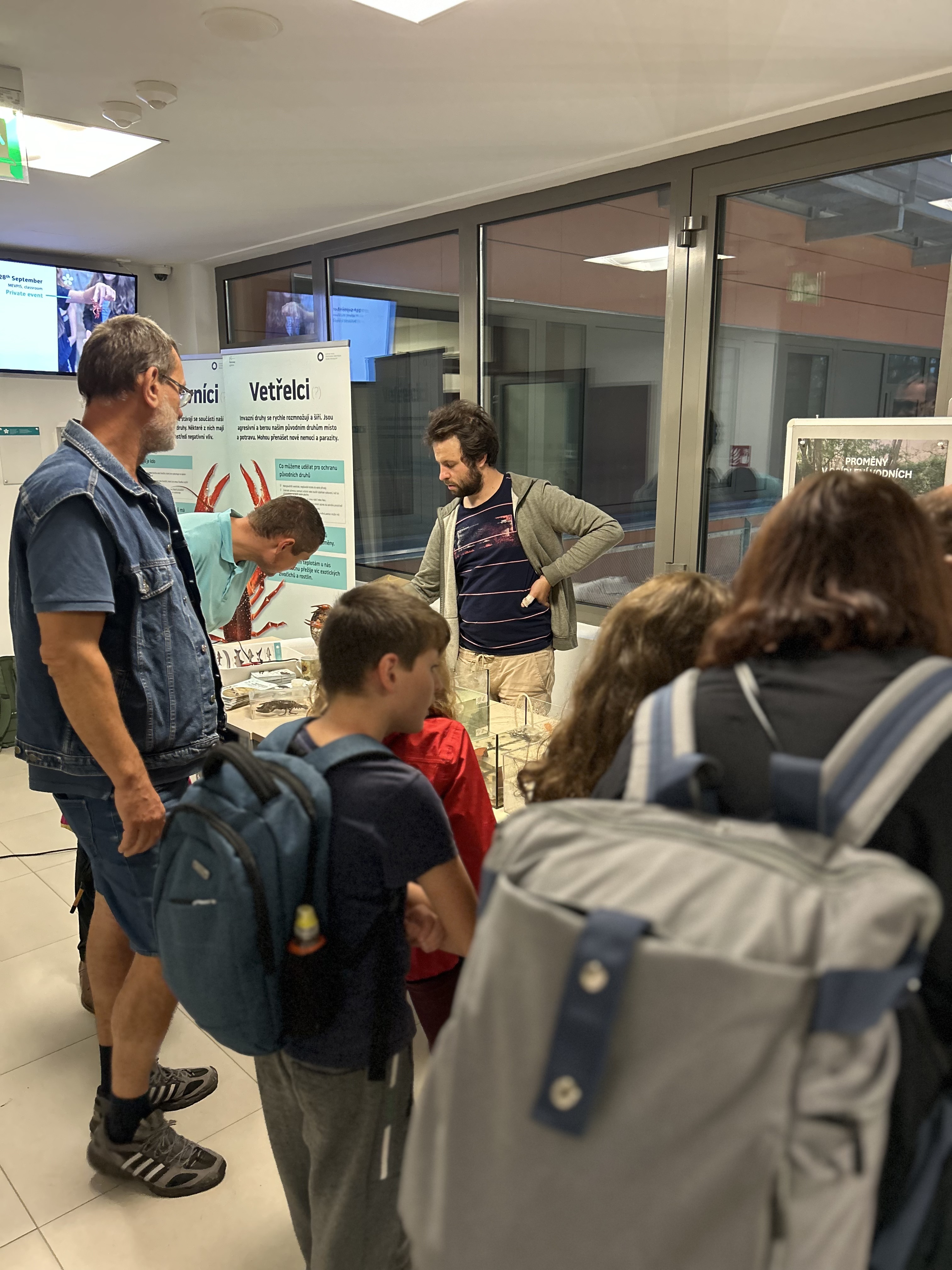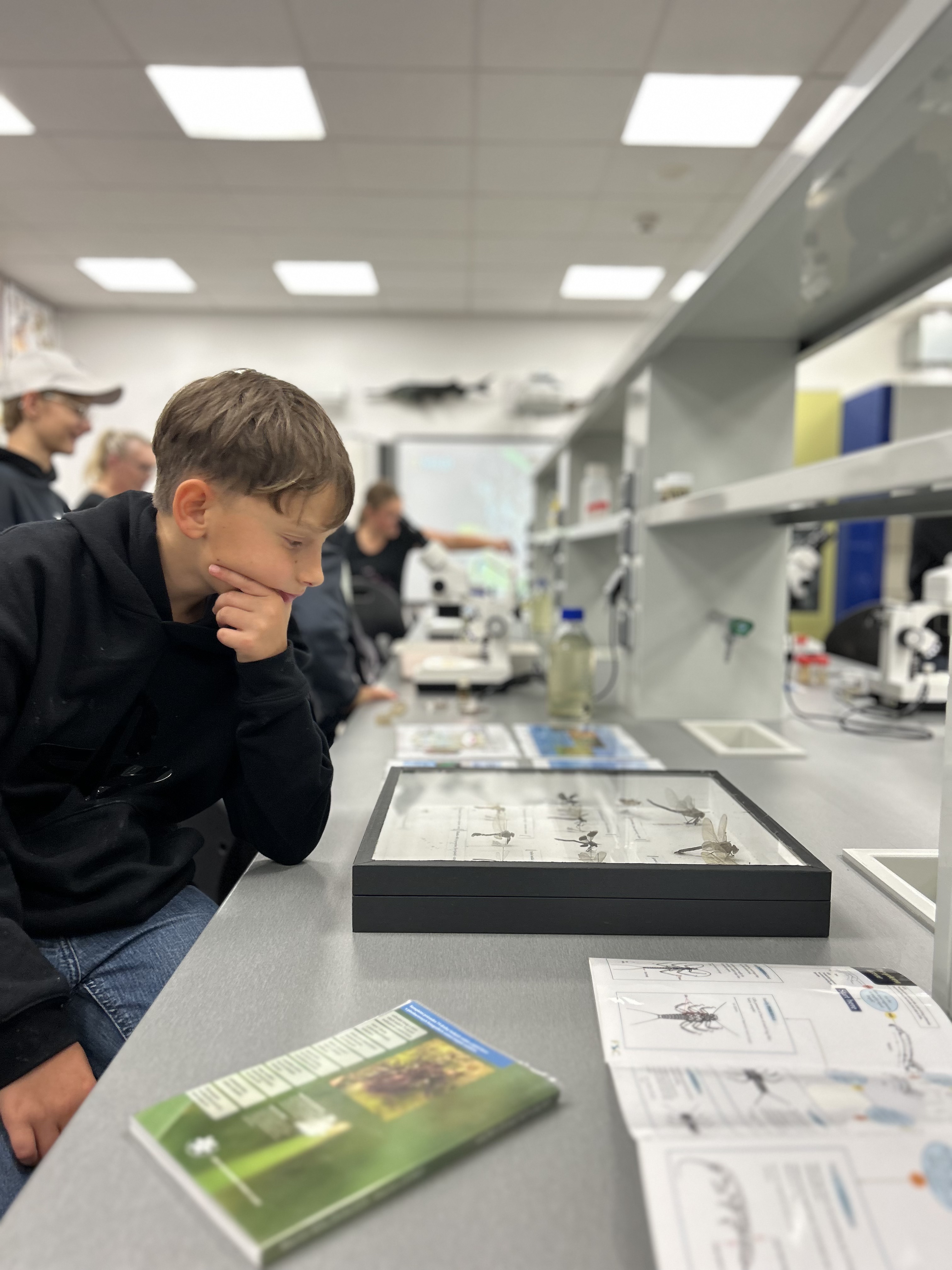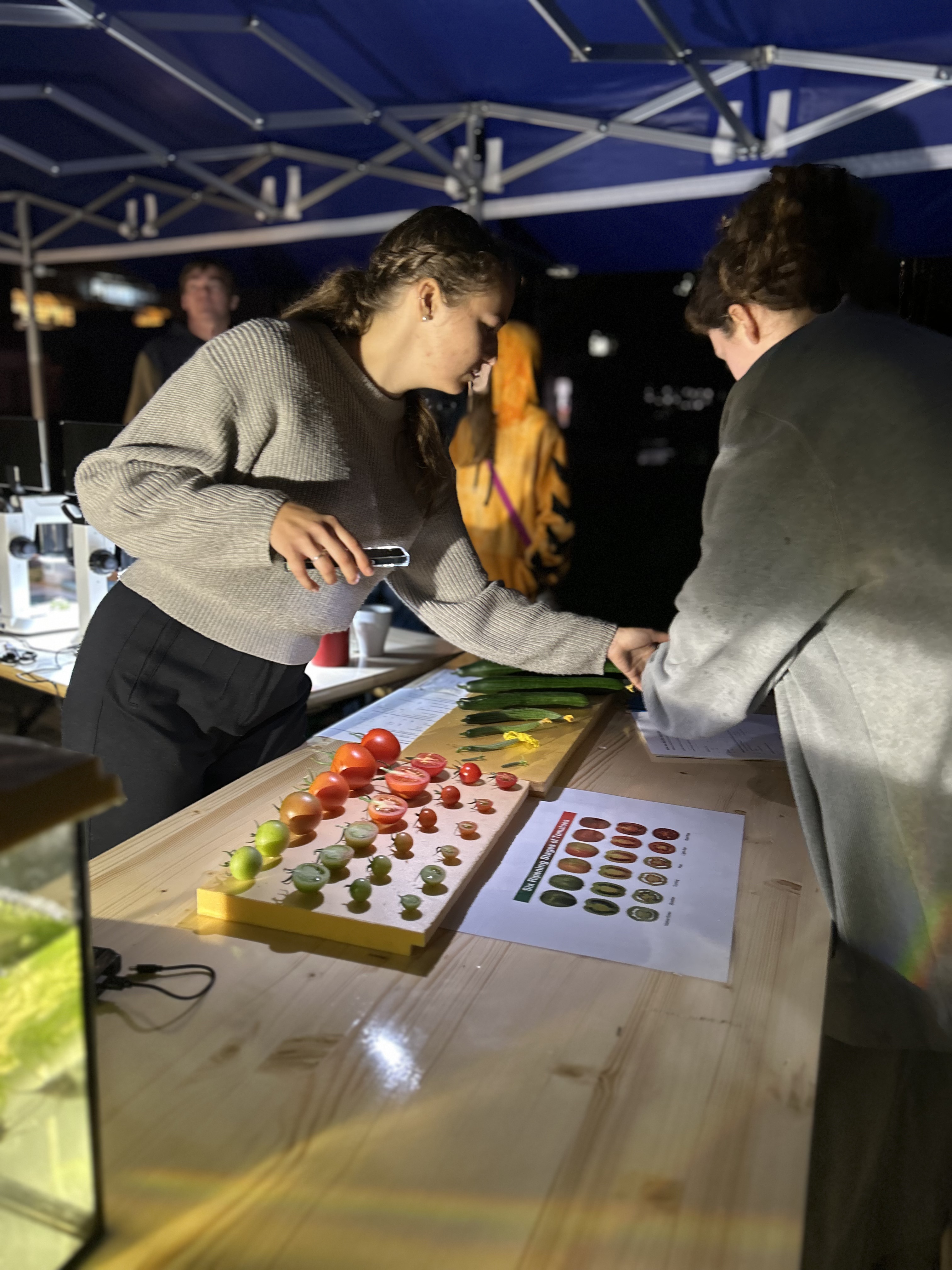More than 12,000 small sterlets swam into the Danube
- Fotogalerie:
- Foto:
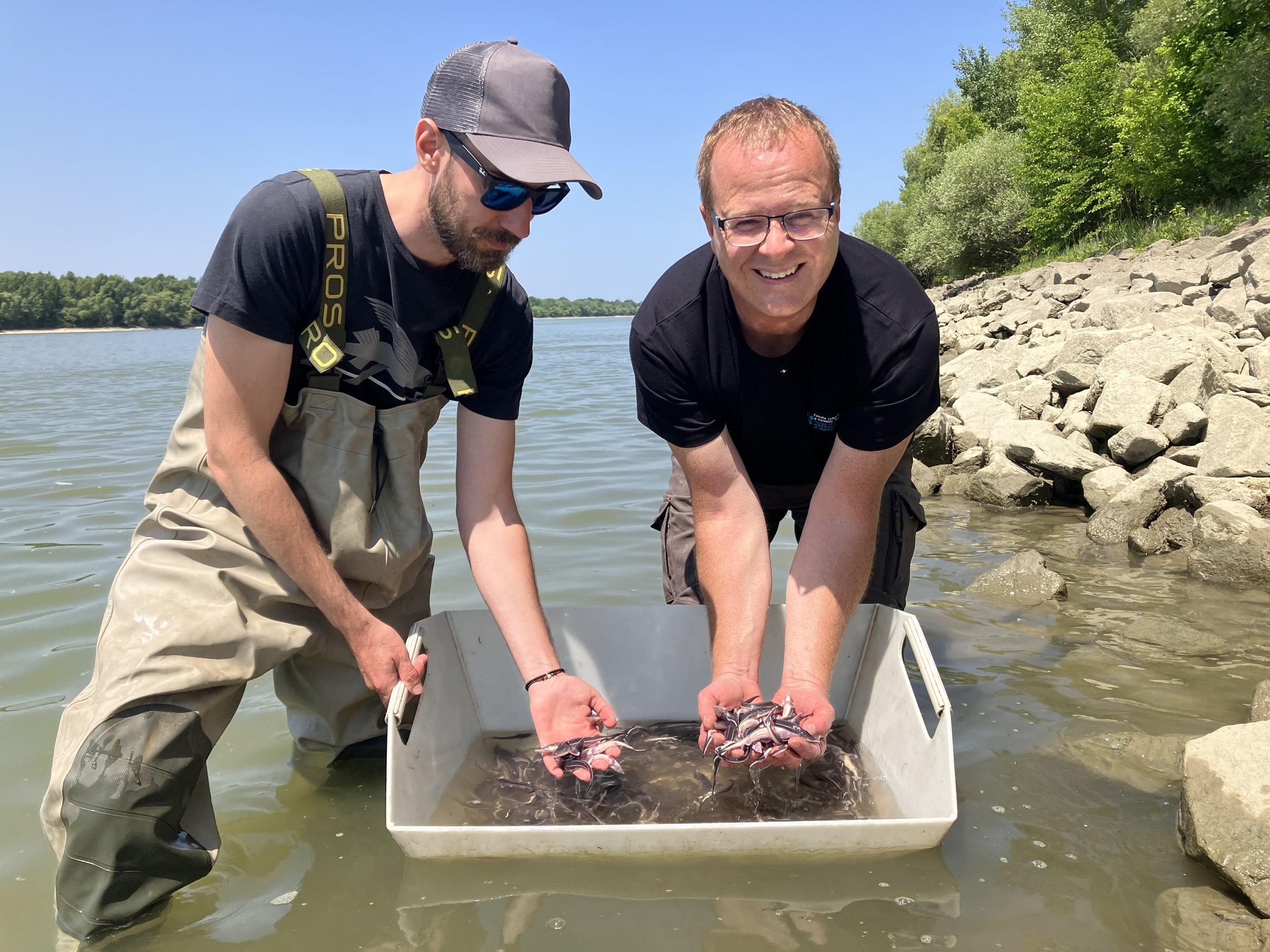
- Foto:
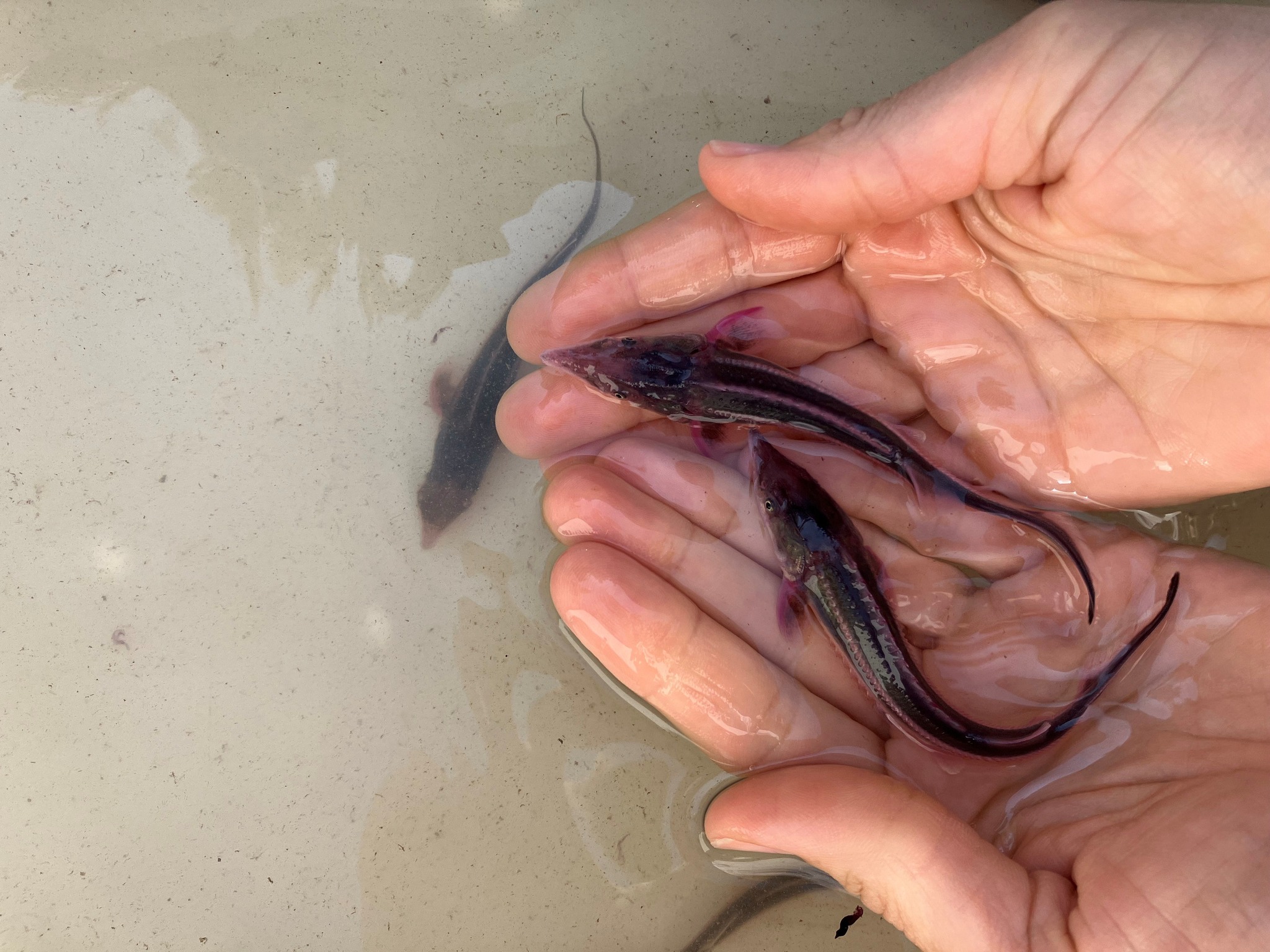
- Foto:
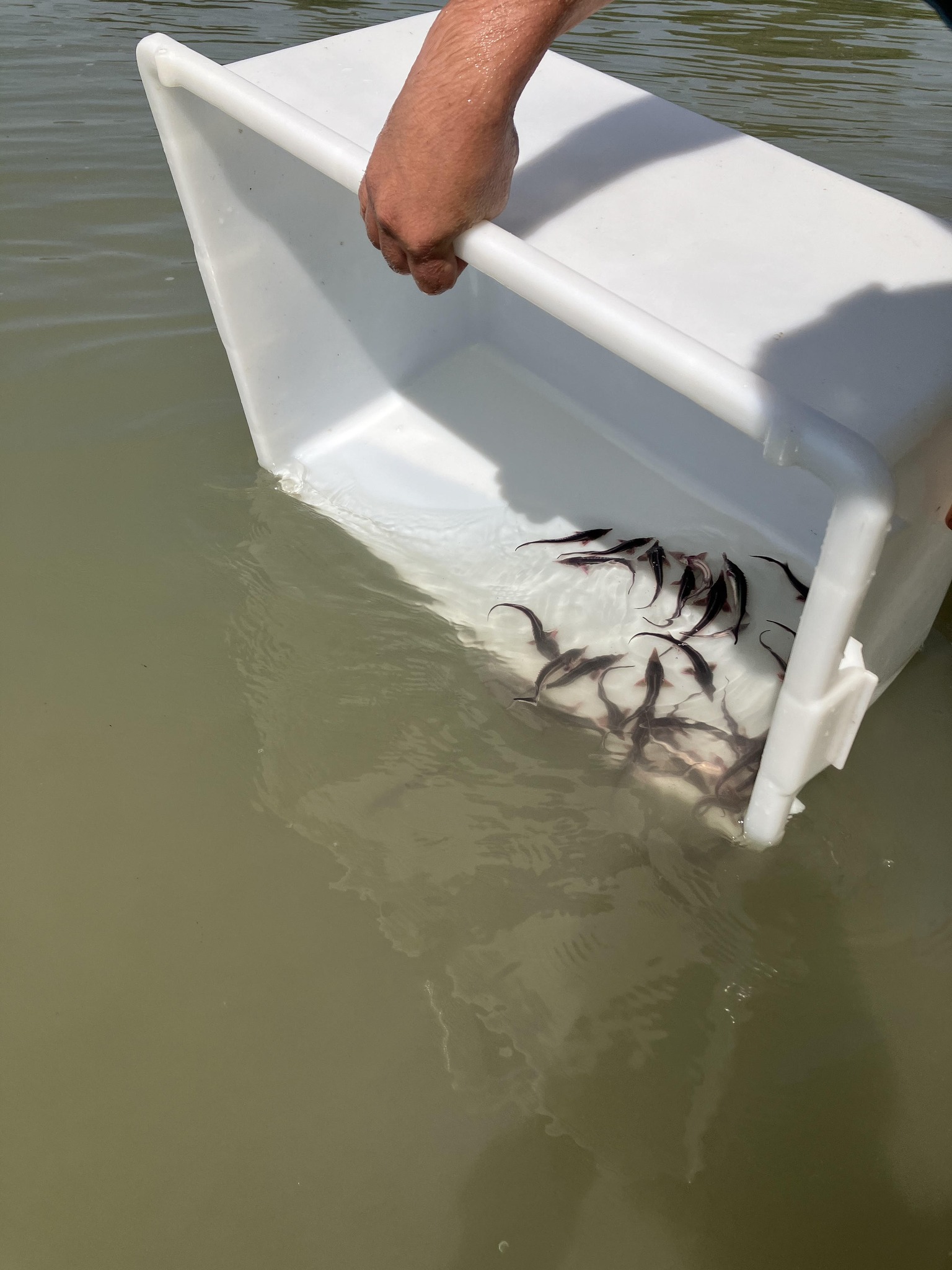
- Foto:
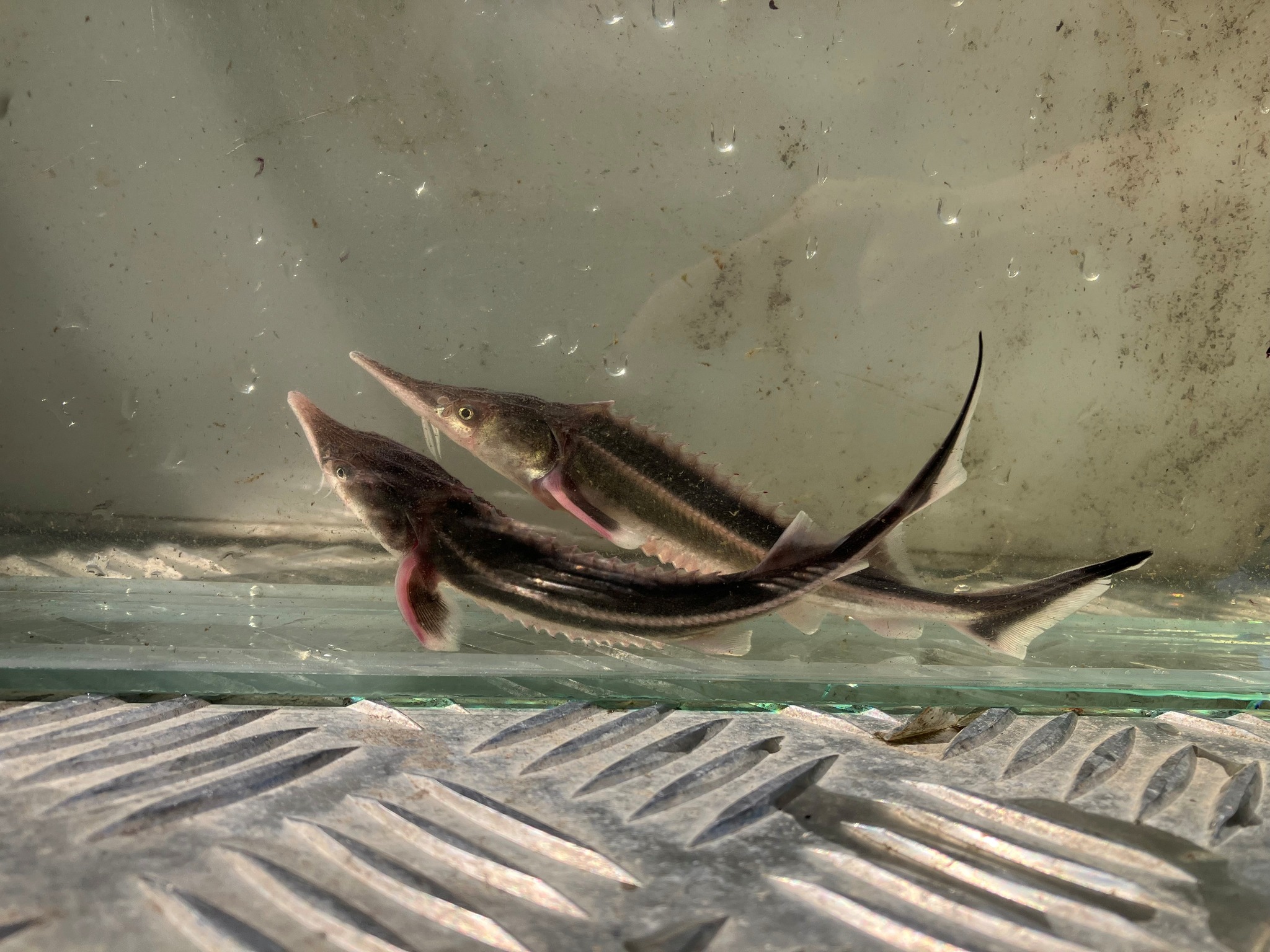
- Foto:
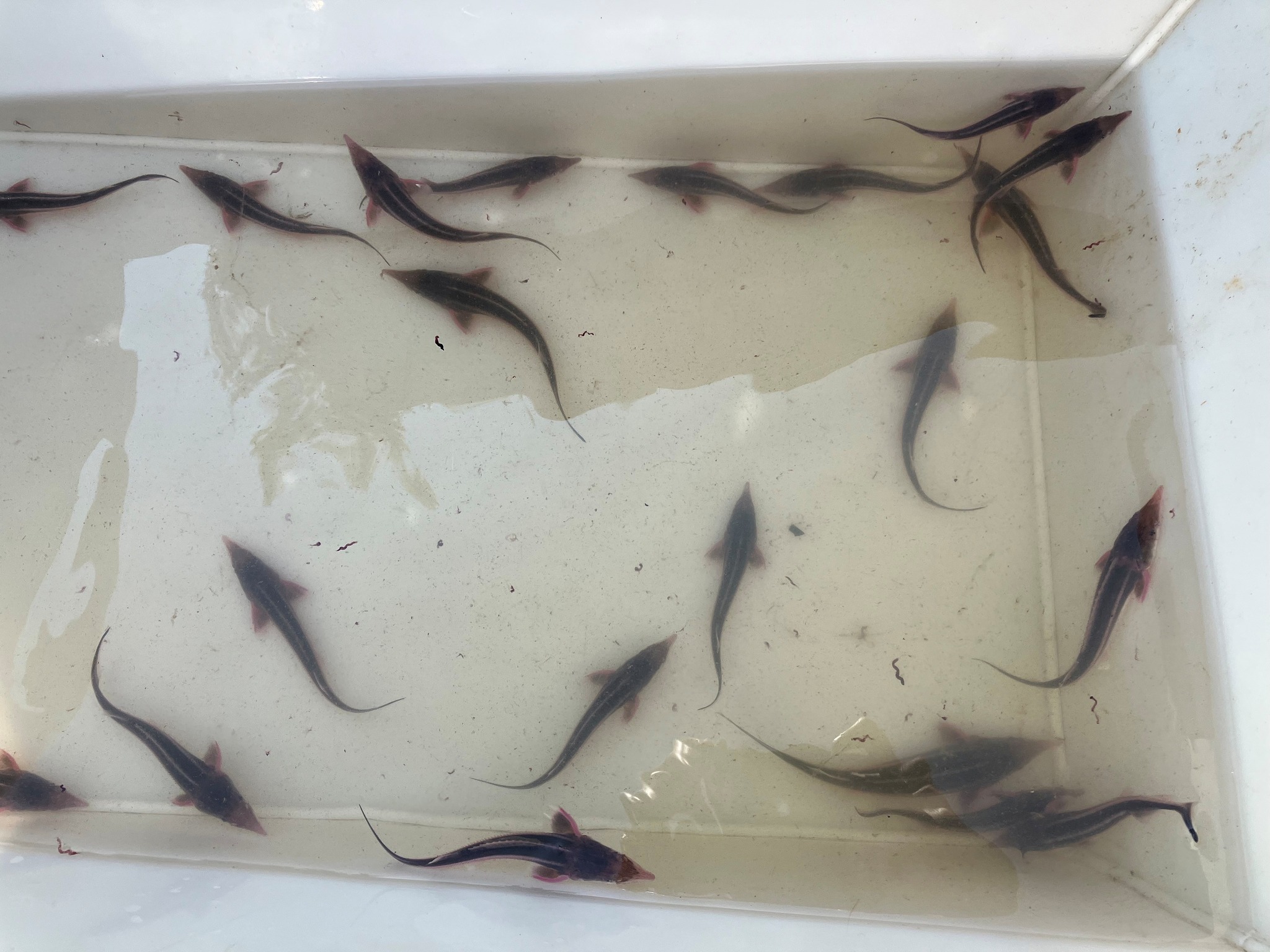
- Foto:
On Thursday 12 June 2025, scientists from the Faculty of Fisheries and Protection of Waters, University of South Bohemia in České Budějovice, together with conservationists from the conservation associations BROZ and WWF Slovakia and the Slovak Angling Association (and other partners of the LIFE Living Rivers project - https://livingrivers.sk/) released more than 12,000 juveniles of sterlet into the Danube. This is the second mass release of juvenile sterlet into Danube waters in the last three years.
The sterlet is one of Slovakia's native fish species and is the last of the native sturgeon species still surviving in Slovakia. The other species no longer live in Slovak waters due to migration barriers in the Danube, which are the large hydroelectric power plants - Gabcikovo barrage system in Slovakia and Iron Gates on the Serbian-Romanian border. The population of the sterlet has also declined sharply in the past, mainly as a result of river regulation. This species is now considered endangered in Slovakia. The release of sterlet is thus being carried out to strengthen the population of this species in the Danube.
The sterlets were released into the Danube approximately 50 days after hatching from eggs hatched at the hatchery in Pohořelice, Czech Republic.
“The parents of the small sterlets were caught in the Danube and their offspring are now returning to the Danube,”says Bořek Drozd, an ichthyologist at the Faculty of Fisheries and Protection of Waters at the University of South Bohemia in České Budějovice. "We released sterlets here mainly for research purposes, to better understand not only their living requirements, but also effects of water barriers they face in the stream. In order to monitor sterlets regularly, their fins are dyed with a harmless dye that will shine under special lamps,"Drozd said.
However, the LIFE Living Rivers project, under which the sturgeons are being released into the Danube, is not only focused on the restoration and monitoring of sterlet, but primarily on river restorations that will also help return the Danube and its side river branches system to a more nature-like state.
"As part of the project, we as BROZ are responsible for several measures that will improve the flow of the Danube's branches, but also their connection to the wetlands and floodplain of the river. This time, however, we will not only be dealing with the Danube, but also with the Hron, the Ipel and the Bela, which will be addressed by our project partners, and in cooperation with them we will improve the ecological status of 344 km of Slovak rivers. A total of 10 partners are involved in the project and we will work together across state institutions and the non-profit sector on the important topics of river protection," says Tomáš Kušík, Chairman of BROZ.
The LIFE Living Rivers project also aims, for example, at proposing measures to remove migration barriers for fish such as the giant sturgeon - beluga. The Water Research Institute in Bratislava is preparing an expert study to propose measures that could allow the return of the beluga to the Slovak section of the Danube.
Miroslava Plassman, Director of WWF Slovakia:
"Damming of rivers, deterioration of water quality, loss of natural reproduction sites and overfishing have caused a dramatic decline of sturgeons not only in the Danube. We believe that by stocking of small sterlets, monitoring them, and revitalising the watercourses ourselves, we will together with our project partners contribute to the recovery of populations and ensure the sustainable presence of these prehistoric fishes in Slovak rivers."
Contacts: Bořek Drozd, JU; +420 737 221 929;
Media outputs:
TV:
RTVS: https://www.stvr.sk/televizia/archiv/21274/536739#2861 – 47min 41 sec
JOJ: https://videoportal.joj.sk/noviny/epizoda/140443-noviny-tv-joj - 22 min 30 sec
Markíza: https://www.markiza.sk/relacie/televizne-noviny/video-epizoda/263004-12-6-2025 - 35 min 38 sec
Articles:
https://www.teraz.sk/slovensko/ochranari-do-vod-dunaja-vplavalo-vo/885408-clanok.html
Social media:
https://www.facebook.com/share/r/1C5fJSCaWa/
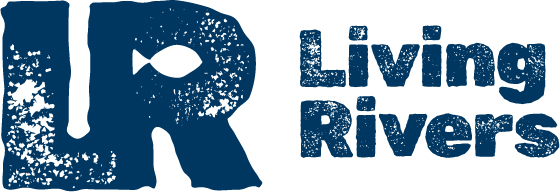

Co-funded by the European Union. Views and opinions expressed are however those of the author(s) only and do not necessarily reflect those of the European Union or CINEA. Neither the European Union nor the granting authority can be held responsible for them.

